
Kids Sing Away in a Manger and Bells Play O Holy Night
Kids did a wonderful job singing and playing the bells.
Photos Will come Soon.
If you have any you would like included here. Upload up in the top corner of site.
[Sunday] A Song of Christmas Light - Know Me Better Man Stave 3
Though we mistake Christmas for a time of material plenty, the Ghost of Christmas Present reveals that true abundance is actually found in the humble poverty where Jesus dwells.
Though we mistake Christmas for a time of material plenty, the Ghost of Christmas Present reveals that true abundance is actually found in the humble poverty where Jesus dwells.
-
I don't mind calling on you to believe that he was ready for a good broad field of strange appearances , and that nothing between a baby and rhinoceros would have astonished him very much. Pg 75
All this time, he lay upon his bed, the very core and centre of a blaze of ruddy light, which streamed upon it when the clock proclaimed the hour pg 76
Worked to light
Marley's , or for many and many a winter season gone. Heaped up on the floor, to form a kind of throne, were turkeys, geese, game , poultry , brawn , great joints of meat , suckingpigs , long wreaths of sausages , mince-pies , plum-puddings , barrels of oysters , red-hot chestnuts , cherrycheeked apples, juicy oranges, luscious pears, immense twelfth-cakes, and seething bowls of punch, that made the chamber dim with their delicious steam. In easy state upon this couch there sat a jolly Giant , glorious to see; who bore a glowing torch, in shape not unlike Plenty's horn, and held it up , high up, to shed its light on Scrooge, as he came peeping round the door. Pg 71
Light signals a huge giant party.
" Come in!" exclaimed the Ghost. " Come in! And know me better, man ! " pg 72
"I am the Ghost of Christmas Present," said the Spirit . " Look upon me!" pg 72
This garment hung so loosely on the figure, that its capacious breast was bare, as if disdaining to be warded or concealed by any artifice. Its feet, observable beneath the ample folds of the garment, were also bare; and on its head it wore no other covering than a holly wreath, set here and there with shining icicles. Its dark brown curls were long and free; free as its genial face, its sparkling eye pg 72
He is just open. Its not proper.
they stood in the city streets on Christmas morning, where (for the weather was severe) the people made a rough , but brisk and not unpleasant kind of music, in scraping the snow from the pavement in front of their dwellings , pg 80
This has a Manger scene similarity here.
The house fronts looked black enough pg 80
Big to small
Pg 81 They visit the mine. They have so much, yet dont have anything at all.
The sight of these poor revellers appeared to interest the Spirit very much, for he stood with Scrooge beside him in a baker's doorway, and taking off the covers as their bearers passed, sprinkled incense on their dinners from his torch. And it was a very uncommon kind of torch, for once or twice when there were angry words between some dinner-carriers who had jostled each other, he shed a few drops of water on them from it , and their good humour was restored directly . For they said, it was a shame to quarrel upon Christmas Day. And so it was! God love it , so it was! Pg 85
Spreading the Christmas Spirit.
" Is there a peculiar flavour in what you sprinkle from your torch?" asked Scrooge.
"There is . My own. "
"Would it apply to any kind of dinner on this day?" asked Scrooge.
"To any kindly given. To a poor one most."
"Why to a poor one most? " asked Scrooge.
"Because it needs it most. "Manger Feast for a King
"There are some upon this earth of yours," returned the Spirit, " who lay claim to know us, and who do their deeds of passion , pride, ill-will , hatred, envy, bigotry, and selfishness in our name, who are as strange to us and all our kith and kin, as if they had never lived. Remember that, and charge their doings on themselves, not us. " pg 87
People claim to be righteous
Clerks party
Then up rose Mrs. Cratchit, Cratchit's wife, dressed out but poorly in a twice-turned gown, but brave in ribbons, which are cheap and make a goodly show for sixpence pg 88
Master Peter Cratchit plunged a fork into the saucepan of potatoes , and getting the corners of his monstrous shirt-collar ( Bob's private property, conferred upon his son and heir in honour of the day ) into his mouth , rejoiced to find himself so gallantly attired , and yearned to show his linen in the fashion able Parks. 88
They are so proud of their thread warn closes
and his thread bare clothes darned up and brushed, to look season able; and Tiny Tim upon his shoulder. Alas for Tiny Tim, he bore a little crutch , and had his limbs supported by an iron frame! 85
" As good as gold, " said Bob, " and better. Somehow he gets thoughtful, sitting by himself so much, and thinks the strangest things you ever heard. He told me, coming home, that he hoped the people saw him in the church, because he was a cripple, and it might be pleasant to them to remember upon Christmas Day, who made lame beggars walk and blind men see." Bob's voice was tremulous when he told them this, and trembled more when he said that Tiny Tim was growing strong and hearty. 91
His active little crutch was heard upon the floor
Might have thought a goose the rarest of the birds. Pg 92
It was suc ceeded by a breathless pause, as Mrs. Cratchit, looking slowly all along the carving- knife, prepared to plunge it in the breast; but when she did, and when the long-expected gush of stuffing issued forth, one murmur of delight arose all round the board, and even Tiny Tim, excited by the two young Cratchits, beat on the table with the handle of his knife, and feebly cried Hurrah! Pg 93
There never was such a goose. Bob said he didn't believe there ever was such a goose cooked. Its tenderness and flavour, size and cheapness , were the themes of universal admiration. Eked out by applesauce and mashed potatoes, it was a sufficient dinner for the whole family; indeed, as Mrs. Cratchit said with great delight ( surveying one small atom of a bone upon the dish ) , they hadn't ate it all at last! Yet every one had had enough, pg 93
Oh , a wonderful pudding! Bob Cratchit said, and calmly too, that he regarded it as the greatest success achieved by Mrs. Cratchit since their marriage. Mrs. Cratchit said that now the weight was off her mind, she would confess she had her doubts about the quantity of flour. Everybody had something to say about it , but nobody said or thought it was at all a small pud ding for a large family. It would have been flat heresy to do so. Any Cratchit would have blushed to hint at such a thing .
God Bless us everyone pg 95
Spirit will tiny time live.
Decrease the surplus the population
Scrooge was the shadow in the family pg98
There was nothing of high mark in this. They were not a handsome family; they were not well dressed; their shoes were far from being waterproof; their clothes were scanty; and Peter might have known, and very likely did, the inside of a pawnbroker's. But, they were happy, grateful , pleased with one another, and contented with the time; and when they faded, and looked happier yet in the bright sprinklings of the Spirit's torch at parting, Scrooge had his eye upon them, and especially on Tiny Tim, until the last. Pg 99
The miners have so little. Yet they know how to celebrate christmas.
Scrooges nephew. Pities scrooge. 109
But they didn't devote the whole evening to music. After a while they played at forfeits; for it is good to be children sometimes , and never better than at Christmas, when its mighty Founder was a child him- self . Stop pg 111
"A Merry Christmas and a happy New Year to the old man, whatever he is! " said Scrooge's nephew. "He wouldn't take it from me, but may he have it , nevertheless. Uncle Scrooge!" pg 115
Much they saw, and far they went and many homes they visited, but always with a happy end. The Spirit stood beside sick beds, and they were cheerful; on foreign lands , and they were close at home; by struggling men, and they were patient in their greater hope; by poverty , and it was rich. In almshouse , hospital , and jail , in misery's every refuge, where vain man in his little brief authority had not made fast the door, and barred the Spirit out , he left his blessing, and taught Scrooge his precepts. Pg 114
The point
Questions for the Week: A Story of Christmas Light - Know Me Better Man - Stave3
The Ghost of Christmas Present invites Scrooge to "Know me better, man," and then shows him joy in poverty (the Cratchits) and horror in neglect (Ignorance and Want). What does "knowing Christmas better" look like for you this year? Is it about finding joy in less, or opening your eyes to those in need?
The sermon highlighted the Cratchit family dinner: the goose was small, the pudding was small, but the joy was huge. In a season obsessed with "more" and "perfect," how can you cultivate a spirit of abundance and gratitude even when things (finances, health, time) feel scarce?
Read Luke 1: 46-56. Mary sang that God "fills the hungry with good things" but sends the "rich away empty." Why do you think it is often harder for the "rich" (or self-sufficient) to truly experience the joy of Jesus than it is for the humble or poor?
Tiny Tim hoped that people seeing his crutch in church would remind them of Jesus, who made the lame walk. Instead of hiding his weakness, he used it to point to God. What is a weakness or struggle in your own life that, if shared openly, could actually point others to God's strength?
What Had happened at Grace this week.
Christmas Variety Show | Photos
Carols, Marys, Bells and Scrooge
At this year’s Variety Show we played “Name That Christmas Tune” with the bells, sang several carols, and heard Scrooge tell his timeless tale.
Bobcat Family at Grace, Angel Tree Wrapping and ACC Brain Talk Event | Photos
See all kinds of photos. Bobcats, BrainTalks, and Angel Tree’s. Oh My!
Bobcat Family, Mother and 2 Cubs. Seen Saturday Dec 6th.
Wrapping the presents for Children’s Ranch, our Angel Tree Event.
Alzheimer’s Community Care Brain talks on the block event. Dec 6th
Handing out Christmas Boxes in Haiti 2025 | Photos
Last Sunday, we successfully handed out the Christmas boxes to the children in Haiti.
Last Sunday, we successfully handed out the Christmas boxes to the children in Haiti. A huge thanks to Dave, one of our newest members, who was a fantastic help in distributing the boxes. The children absolutely loved the clear bins because they could peek inside to see their gifts!
Dave's commitment didn't stop there. He has been in Haiti with Habitat for Children's Ministries since last Thursday, returning this past Thursday. During his time there, he had an amazing, life-changing experience: he helped deliver a baby at Habitat's care center!
The care center plays a vital role in addressing infant mortality in the area by providing a safe, clean place for mothers to deliver their babies.
Dave had a great time and was truly amazed by the overwhelming need, yet also deeply impressed by how much Habitat for Children is accomplishing for the community.
We are so grateful for his service! Be sure to welcome Dave back this Sunday at church!
Pictured is our 2 Girls.
Advent Has a Purpose (Candle Lighting isn’t It)
Longing for the Real Thing
Everyone has a way of getting ready for Christmas. This hardly needs unpacking; but since you’re here and because we’re all, in fact, getting ready for Christmas (four weeks away), it would be imprudent not to.
Christmas is such a cultural phenomenon that it would simply be too much to turn up to December 25 ready for action. Can you imagine if we treated it like Labor Day? Think about it. How bizarre would it be if we remembered the day before that it was Christmas and showed up on someone’s doorstep ready to go with sweaters on and a few gifts under our arms for the lucky few we remembered to shop for? It just doesn’t work. Christmas has a gravitational pull that’s bigger than we are.
We’re used to this in other areas of life too, spaces that need the buildup and are, in some ways, bigger than the thing itself. We don’t get to …………
1st John Chapter 4-5 - The Johns Bible Study
This week, we explored 1 John chapters 4 and 5, discussing how abiding in God's perfect love casts out fear, compels us to love our neighbors as a reflection of our love for God, and helps us overcome the world through faith.
1st, 2nd, and 3rd John
1 John Chapter 4-5
This is an AI Recap of the class.
Some things may be incorrect.
Short Summary of the Whole Class
Our class delved into 1 John chapters 4 and 5, focusing on the central theme that "God is love." The discussion centered on identifying the "spirit of the Antichrist" not as a future figure, but as a present reality of anti-love behavior that cloaks worldly power in religious language. We contrasted this with the true spirit of God, which is recognized by confessing Jesus in the flesh and by demonstrating authentic, heartfelt love for others. Through personal stories and scriptural analysis, we emphasized that genuine love and service are the natural outcomes of faith, not a checklist for salvation. The conversation highlighted that God's love was shown through humility—Christ's birth in a manger—and that our calling is to love one another in the same tangible, self-giving way, which is the true mark of a Christian community that is secure in God's grace.
Detailed Class Summary
The Spirit of Truth vs. The Spirit of Error
We began by reading through 1 John chapters 4 and 5. The initial discussion focused on the opening verses of chapter 4, which urge believers to "test the spirits." The class identified that our actions, particularly how we treat other people, are a visible sign of our faith. This was described as "fruitfulness," which is a natural result of being saved, not a requirement to earn salvation.
The conversation then turned to the "spirit of the Antichrist" mentioned in 1 John 4:3. The group noted that this isn’t just a future, personified figure, but a present spirit of "anti-love" behavior. This spirit represents a form of idolatry where worldly power and values are wrapped in religious language. It's a spirit that denies that Christ came in the flesh, preferring a disembodied, spiritual ideal over the tangible, messy reality of God’s love shown in the world. This is contrasted with the spirit of God, which confesses Jesus Christ has come in the flesh. An example was given of a video that set the Lord's Prayer to images of military hardware, which was identified as a modern manifestation of the spirit of the Antichrist. People are drawn to it because it cloaks worldly power with the name of Jesus, but it is not the message of the cross.
Summary: This section established the core conflict John is addressing: the difference between a true, embodied faith demonstrated through loving actions and a false, worldly spirituality (the spirit of the Antichrist) that prioritizes power and appearances over genuine love.
Bible Verses: 1 John 4, 1 John 4:3, 1 John 4:6
Stories: The analogy of a video setting the Lord's Prayer to images of military hardware.
God is Love and Authentic Community
The focus then shifted to 1 John 4:7-8: "Beloved, let us love one another, for love is of God... He who does not love does not know God, for God is love." The class discussed how some Christian communities can use the idea of "love" to justify hateful or judgmental statements, believing they are acting for someone's "own good." This is often rooted in a "theology of glory," where we believe we must achieve spiritual perfection to earn God’s favor.
In contrast, a "theology of the cross" shows that God’s love is revealed in humility and vulnerability. The story of Jesus’s birth was used as a prime example. He was born in a manger, not a palace, suggesting that God entered the world as an outsider. Therefore, our love for one another is the true calling card of a Christian. This authenticity is crucial. A member contrasted our church’s welcoming environment with an experience at another church where the greeting process felt "so fake." Our church’s greeters serve because they genuinely love people, and this natural, unforced friendliness is what makes people feel truly welcome. It was described as a "symptom of everything's going to be okay," a generosity that flows from a sense of security in God's love.
Summary: True knowledge of God is inseparable from practicing love. God's love was demonstrated in the humility of Christ's incarnation, and our primary calling is to reflect this self-giving love for one another. A welcoming church isn't created by a committee but by fostering a genuine culture of love and fellowship.
Bible Verses: 1 John 4:7-8
Stories: The Birth of Jesus in a manger; a story of visiting a church where the welcome felt "fake."
Perfect Love Casts Out Fear
Next, we examined 1 John 4:17-19, which includes the classic verse, "There is no fear in love, but perfect love casts out fear, because fear involves torment." The discussion highlighted that this love is expressed in how we treat our neighbors. It doesn't involve tormenting them, which is a stark contrast to how some Christians approach "hot button issues." The true point is the people. The Christian hope is not that we must change ourselves to be saved, but that God, in Jesus, entered into our world of sin and struggle to save us.
This led to a personal story from the speaker about his time as a pastor in Arkansas. He realized that people in his congregation were dealing with immense personal struggles—one person took extra pain medicine just to attend church, and another family would argue heatedly on their way to the service. This led to a profound shift in his perspective: his role wasn’t to "beat people up" with doctrine but to give them the "good stuff"—the outpouring of God’s love.
Summary: This part of the discussion focused on how God’s perfect love eliminates the fear of judgment. Our love for others should mirror Christ’s love for us—entering into their struggles rather than judging from a distance. This is the opposite of using faith to torment or condemn others.
Bible Verses: 1 John 4:15-19
Stories: The pastor's experience in Arkansas with a parishioner in pain and a family arguing before church; the conversion of Paul on the road to Damascus.
Loving God by Loving Your Brother
The conversation then moved to 1 John 4:20: "If someone says, 'I love God,' and hates his brother, he is a liar; for he who does not love his brother whom he has seen, how can he love God whom he has not seen?" This verse is a powerful reminder that our faith is about people. Our love for the people around us is the true test of our love for God.
This led to stories illustrating how pain can make people act in ways that don't reflect the "fruitfulness" of faith. One story was about the speaker’s grandmother, who, during a difficult Thanksgiving when she was in immense pain, began yelling at everyone. Another was about the speaker's own experience with intense shoulder pain after a bicycle accident. The anger he felt from the pain gave him a new empathy for older people who are often angry because they are in constant pain. These stories served as a reminder that we should approach others with empathy rather than judgment. This was further illustrated by a story of a waitress at Denny's who, seeing the kitchen was short-staffed, stepped in to help the lone cook without being asked—a perfect example of going beyond one's job description to show love.
Summary: This section drove home the point that loving God is inseparable from loving people. We cannot claim to love a God we can’t see if we hate the brother we can see. Personal stories illustrated how pain and suffering can obscure the "fruit of the Spirit," calling for empathy and understanding rather than judgment.
Bible Verses: 1 John 4:20
Stories: The speaker’s grandmother yelling at Thanksgiving due to pain; the speaker’s own anger and newfound empathy after a painful shoulder injury; the story of the waitress at Denny's who stepped in to help the lone cook.
Overcoming the World and the Three Witnesses
Finally, the class looked at the beginning of chapter 5. We focused on 1 John 5:4: "For whoever is born of God overcomes the world. And this is the victory that has overcome the world—our faith." We then delved into the meaning of the three witnesses John mentions in 1 John 5:6-8: the water, the blood, and the Spirit. The "water" symbolizes Jesus’s baptism, and the "blood" symbolizes His death on the cross. The Spirit is the third witness, who testifies to the truth of who Jesus is.
This interpretation is a direct response to the Gnostic heresy, which taught that Jesus was only a spirit being. By emphasizing the "water and blood," John powerfully affirms the full, physical reality of Jesus’s life and sacrificial death. The session also addressed a textual variation in 1 John 5:7, where some later Bible versions include an explicit reference to the Trinity ("the Father, the Word, and the Holy Ghost"). It was noted that this phrase is not found in early Greek manuscripts and was likely a later scribal addition to clarify doctrine.
Summary: The final part of the study reinforced the theme of overcoming the world through our faith in God. We also examined the "spirit, water, and blood" as witnesses to Christ's full humanity and divinity, a teaching that directly countered the Gnostic heresy. A brief scholarly discussion on a textual variant in 1 John 5 highlighted how some Trinitarian formulas were likely later additions to the biblical text.
Bible Verses: 1 John 5:4, 1 John 5:6-8
Stories: The concepts of Jesus's Baptism and Crucifixion as historical witnesses.
Medium Length Summary
In this Bible study, we delved into 1 John chapters 4 and 5, centering on the profound truth that "God is love." The discussion emphasized that our primary calling as Christians is not to prove our doctrinal purity but to actively love and care for the community around us. We explored how abiding in God’s love transforms us, moving us from a place of judgment to one of compassion. A key takeaway was from 1 John 4:18, that "perfect love casts out fear," meaning that a true relationship with God frees us from the torment of judgment and empowers us to love others without condemnation.
The class stressed the inseparable link between loving God and loving our fellow human beings, as stated in 1 John 4:20: if we hate our brother whom we see, we cannot possibly love the God we don’t see. Through personal anecdotes about dealing with family members in pain and witnessing selfless acts of service, we acknowledged that human suffering can often make it difficult to show love, which calls for greater empathy. The session concluded by touching on the theme of overcoming the world through faith (1 John 5:4) and analyzing the "spirit, water, and blood" as witnesses to Christ's full humanity, a direct refutation of the Gnostic heresy.
Main Points
Our actions and how we treat others are the visible "fruitfulness" of our faith.
The "spirit of the Antichrist" is a present reality of anti-love behavior that wraps worldly power in religious language.
The defining mark of a Christian is love for one another, as "God is love."
Perfect love, as described in 1 John, casts out the fear and torment of judgment.
Loving God is impossible if you do not love your brother and sister.
Personal pain and suffering can make it difficult to show love, which calls for empathy.
Our faith is the victory that overcomes the world.
The "spirit, water, and blood" testify to the full humanity and divinity of Jesus, countering the Gnostic heresy.
Scriptures and Stories Mentioned
Bible Scriptures
1 John 4 & 5: The primary texts for the discussion.
1 John 4:3: Mentioned in the context of the spirit of the Antichrist.
1 John 4:6: Discussed in relation to who hears the message of God versus the world.
1 John 4:7-8: Central verses for the theme "God is love."
1 John 4:15-19: Confessing Jesus, abiding in love, and how perfect love casts out fear.
1 John 4:20: He who says he loves God but hates his brother is a liar.
1 John 5:4: Our faith is the victory that overcomes the world.
1 John 5:6-8: The three that testify (the Spirit, the water, and the blood), and the discussion of the Trinitarian textual variant.
Thessalonians 4:13 or 15: Referenced as a passage often taken out of context.
Stories and Analogies
The Birth of Jesus: Used as the primary example of God’s love shown through humility.
The pastor's realization in Arkansas that his congregants were dealing with deep struggles.
The conversion of Paul on the road to Damascus from Acts 9.
The speaker’s grandmother yelling at Thanksgiving while she was in great pain.
The speaker’s experience of anger and newfound empathy resulting from a severe shoulder injury.
The story of the waitress at Denny’s who stepped in to help the lone cook.
The story of visiting a church where the welcoming committee felt "fake."
Dolores’s personal testimony of how she found the church’s Bible study after her husband’s passing.
An analogy of a video that set the Lord’s Prayer to images of military hardware.
The Tower of Babel: Used as a metaphor for speaking from a worldly, prideful perspective.
Scrooge / A Christmas Carol: Referenced in relation to ignoring the "ignorance and want" in the world.
[Wednesday] - Mid-week Advent - Christmas Variety Show
Come join us for a great Christmas Variety Show
[Sunday] A Song of Christmas Light - Flickering Past Stave 2
Instead of snuffing out the painful memories of our past, the true Christmas Light shines into our darkness to offer redemption rather than shame.
Instead of snuffing out the painful memories of our past, the true Christmas Light shines into our darkness to offer redemption rather than shame.
-
when Scrooge awoke, it was so dark that looking out of bed, he could scarcely distinguish the transparent window from the opaque walls of his chamber. Pg39
It was a strange figure like a child yet not so like a child, as like an old man viewed through some supernatural medium, which gave him an appearance of having receded from the view and being diminished into child proportions pg43
It held a branch of fresh green holly in its hand, and in singular contradiction of the wintry emblem, had its dress trimmed with summer flowers, but the strangest thing about it was that from the crown of its head they're sprung a bright clear jet of light by which all this was visible in, which was doubtless the occasion of it's using end moments, a great extinguisher for a cap which is now held under its arm pg43
It sounds like the Charibum from Isiah.
I am the ghost of Christmas past the long past inquired Scrooge observant of its dwarf stature no your past perhaps Scrooge could not have told anyone why if anyone could have asked him, but he had a special desire to see the spirit in its And begged him to be covered pg45
What explained the ghost would you so soon put out with worldly hands delight I give is it not enough that you are one of those whose passions made this Enforced me through whole trains of years to wear it low upon my brow. Pg45
This reminds me of the song this little light of mine
Scrooge is confronted with his childhood memories at that the ghost says your lip is trembling, said the ghost and what is that on your cheek Scrooge muttered an unusual catch in his voice that it was a pimple and begged the ghost to lead him where he would pg47
This part is interesting to me because he's remembering his youth with fondness. Even though there's pain.
They walked along the road screwed, recognizing every gate and post and tree……All these boys were in great spirits and shouted to each other until the Broadfield were so full of Mary music that the crisp air left to hear it. Pg 48
Places full of joy
It opened before them and disclose a long bear melancholy room made bears still by lines of plain Deal forms and desks. At one of these, a lonely boy was reading near a feeble fire, and Scrooge sat down upon a form and wept to see his poor, forgotten self as he used to be. Pg 50
Despite the great memories, he remembers the sadness of his childhood.
Also, there's an idea of him wanting more here.
Then with a Rapidity of transition very foreign to his usual character he said in pity for his former herself, poor boy and cried again. Pg 52
What is the matter ask the spirit nothing said Scrooge nothing there was a boy singing a Christmas Carol at my door last night. I should like to have given him something that's all. Pg 52
Here's this interesting moment of regret and the light shining through.
Connecting himself to Tiny Tim.
In your to be a man sent the child, opening her eyes and are never to come back here, but first where to be together all the Christmas long and have the merriest time in all the world. Pg54
Merriest time and all the world is the point
She died. A woman said the ghost and had as I think children one child screched, returned true said the ghost your nephew Scrooge seemed an easy in his mind and answered briefly, yes. Pg 56
His sister brought joy, but also sorrow
Why it's old fuzzy wig, bless his heart it's fuzzy wig alive again he rubbed his hands adjusted his capacious. Waistcoat laughed all over himself from his shows to his organ of benevolence and called out and a conformable oily Rich fat jovial Voice yo ho here, Ebeneezer Dick.. pg 57
Every removable was packed off, as if it were dismissed from public life forevermore the floor was swept and watered. The lamps were trimmed fuel was heaped upon the fire in the warehouse was a snug and warm and dry and bright a ballroom as you would desire to see upon a Winters night. Pg 58
A positive light appeared to issue from fuzzy wigs, calves, they shown in every part of the dance like moons you couldn't have predicted at any given time what would have become of them next pg 61
During the whole time screwed to acted like a man out of his wits, his heart and soul were in the scene with his former self he corroborated everything remembered everything, enjoyed everything and underwent the strangest agitation. Pg 63
That he remembered the ghost and became conscious that it was looking full upon him while the light upon his head burnt very clear. A small matter, said the ghost to make these silly folks so full of gratitude small echoed Scrooge. Pg 63
Why is it not? He has spent with a few pounds of your immortal money three or four perhaps is that so much that he deserves this praise
The happiness he gives is quite as great as if it cost a fortune pg 63
This whole commentary of it being a small thing, but Scrooge's of saying that it's as if it cost a fortune the point.
It matters little, she said softly to you very little another idol has displaced me, and if it can cheer and comfort you in time to come as I would have tried to do, I have no just caused to grieve what idol has displaced you. He rejoined a golden one. Pg 65
May you be happy in the life you have chosen. Pg68
As we've gone through the ghost of Christmas past, even though there's pain in the beginning, Scrooge remembers it with joy, and even though he has so much at the end, he remembers it was sadness. And you see happiness fading
I should've liked. I do confess to have had the lightest license of a child and yet to have been man enough to know it's value. Pg 69
Remove me, Scrooge exclaimed I cannot bear it. He turned upon the ghost, and seeing that it looked up upon him with a face in which, in some strange way, there were fragments of all the faces it had shown him wrestled with it. Leave me take me back, haunt me no longer. Pg73
Scrooge observed that it's light was burning high and bright, and dimly connecting that with its influence over him, he sees the extinguisher cap, and by a sudden action pressed it down upon its head. The spirit dropped beneath it so that the extinguisher covered its whole form. But those Scrooge pressed it down with all his force he could not hide the light which streamed from under it in an unbroken flood upon the ground. Pg 72
This little light of mine so
Questions for the Week: A Story of Christmas Light - Flickering Past Stave 2
Scrooge was forced to look at his "Golden Idol" (money) that cost him his relationship with Belle. This is similar to Israel’s Golden Calf. What are the "false lights" or “golden idols” that people today chase, thinking they will bring happiness but only bring darkness?
When the memories became too painful, Scrooge tried to force the "extinguisher cap" over the light to hide it. What are some ways we try to "cap" or snuff out the light when our own past mistakes or regrets get too uncomfortable to face?
Read Luke 1:5-25, 67-80. Zechariah sang about the "tender mercy of our God" bringing a Sunrise to those in the shadow of death. How does thinking of Jesus as a "Sunrise" change how you feel about the dark parts of your own history?
Read John 1:1-10. Why is bringing our "past darkness" into the light actually freeing rather than shameful?
What Had happened at Grace this week.
New Song , I Saw the Light
New Song for Advent. I Saw the Light!
Here is Grace’s Recording for Sunday
Listen to the Original
(We Changed The Lyrics on 3rd verse)
On December 7th 2025 we are singing
“I Saw The Light” (CCLI 45064)
© 1948. Renewed 1975 Sony/ATV Acuff Rose Music : Hank Williams Sr.
1.
I wandered so aimless life filled with sin
I wouldn't let my dear Savior in
Then Jesus came like a stranger in the night
Praise the Lord I saw the light
(REFRAIN)
I saw the light I saw the light
No more in darkness no more in night
(And) now I'm so happy no sorrow in sight
Praise the Lord I saw the light
3.
Just like a blind man I wandered along
Worries and fears I claimed for my own
Then like the blind man that God gave back his sight
Praise the Lord I saw the light
(REFRAIN)
4.
The world was a-waitin', in darkness and fear,
Just waitin' for the Savior to appear.
Deep in the shadows, a star shined bright,
And in the stable, I saw the light.
(REFRAIN)
Christmas Carol Sing Photos
We sang many Christmas Carols and Learned about Hanukkah from Paul
Thanks to everyone for coming and big thanks to Paul for leading our discussion on Hanukkah
Guys Night December 25’ Photos
a whole dozen of Grace Guys at Tail Gators
We had a great time at Tail Gators in St Lucie West
Thank you to the LWML for Christmas Decorating the Church
The Grace LWML decorated the church for Christmas.
Grace Lutheran PSL is ready for all the Advent and Christmas activities. Big thanks to the ladies at Grace.
1st John Chapter 3-5 - The Johns Bible Study
This week's Bible study explored the theme of "God is love" in 1 John, emphasizing that genuine love for our brothers and sisters—a love demonstrated through forgiveness and action—is the primary evidence of our relationship with God and the key to overcoming the world.
1st, 2nd, and 3rd John
1 John Chapter 3-5
This is an AI Recap of the class.
Some things may be incorrect.
Short Summary of the Class
The class continued its study of 1 John, transitioning from the theme of "God is light" to "God is love." Reading from 1 John 3 through 1 John 5, the discussion centered on the apostle's core message: our love for fellow believers is the tangible proof of our salvation. We explored the nature of this love, defining it not as a sentimental feeling but as active, sacrificial agape love, shown through forgiveness and practical deeds. This was contrasted with the world's hatred, using Cain as an example of what a lack of love produces. The discussion also covered the need to "test the spirits" to discern true, Christ-centered teachings from false ones, specifically those denying that Jesus came in the flesh. The session concluded by affirming the assurance of eternal life that comes from believing in Jesus and loving one another.
Detailed Class Summary
Introduction and Transition to "God is Love"
The class began by recapping its progress through the books of 1st, 2nd, and 3rd John. The previous sessions, which concluded before Thanksgiving at 1 John 3:10, focused on the theme of "God is light." The speaker noted how this theme, particularly the verse "if we say we have no sin... we deceive ourselves" from 1 John chapter 1, connected well with a recent sermon. The study now transitions to the next major section of the book, which focuses on the theme that "God is love," picking up at 1 John 3:10.
Section Summary: The study is moving from the first major theme of 1 John, "God is light," into the second major theme, "God is love." The class is picking up where they left off at 1 John 3:10.
Bible Verses: 1 John 1
The Struggle and Misconception of Christian Love
We started our discussion by addressing a common, almost cartoonish vision of Christian love—a "sunshine and unicorns" feeling of constant affection for everyone. It was quickly acknowledged that this is an unattainable and inaccurate picture. The reality is that loving everyone is hard. The conversation touched on the idea that our actions matter because the biblical vision is of a renewed creation where we will live face-to-face with each other forever, making forgiveness and how we treat people now incredibly important. Drawing from C.S. Lewis’s The Great Divorce, we considered the idea that hell is a state of ultimate loneliness that results from a refusal to forgive.
Section Summary: We began by deconstructing the idealistic but unrealistic view of Christian love, recognizing the real-world difficulty of loving others and emphasizing that our present actions have eternal significance in a renewed creation, making forgiveness essential.
Stories: The Great Divorce by C.S. Lewis
Defining Love: Affection vs. Action (1 John 3)
The discussion then moved to better define what "love" means in this context. It was pointed out that the command to love everyone doesn't necessarily mean we must have a warm affection for them. The biblical command often refers to agape love—a selfless, sacrificial action, exemplified by Jesus. The text in 1 John 3 makes a stark distinction between the children of God, who practice righteousness and love, and the children of the devil. The Greek word used for "love" in verses 10, 11, and 18 is agape, reinforcing that the focus is on a selfless, willed love, not just a feeling.
Section Summary: We clarified that the biblical command to "love" is not about feeling affection but about demonstrating agape—a selfless, sacrificial love shown through action, as modeled by Christ. This is the kind of love 1 John calls us to.
Bible Verses: 1 John 3:10-11, 1 John 3:18
Stories: The sacrifice of Jesus
The Consequence of Hate: The Story of Cain and Abel (1 John 3)
The passage in 1 John immediately uses the story of Cain and Abel as the primary example of what a lack of love looks like. Cain murdered his brother because his own works were evil. This act is presented as the ultimate consequence of hate—death. Verse 15 drives this point home: "Whoever hates his brother is a murderer." This hatred is contrary to the eternal life that should be abiding in us. The passage extends this concept to sins of omission. Verse 17 asks how the love of God can be in someone who has worldly goods, sees a brother in need, and does nothing. This is what it means to love in "deed and in truth," not just in words.
Section Summary: Using the story of Cain and Abel, we identified hatred as a form of murder where we usurp God's authority. This "murder" can be an active desire to harm or a passive refusal to help someone in need, both of which are antithetical to the love of God.
Bible Verses: 1 John 3:12, 1 John 3:14-15, 1 John 3:17
Stories: Cain and Abel, The Parable of the Good Samaritan (alluded to)
The Commandment of God: Belief and Love (1 John 3)
The discussion centered on the commandments of God. Verse 23 summarizes this perfectly: "And this is his commandment, that we should believe on the name of his Son Jesus Christ and love one another." The two are inextricably linked. We are called to believe in Jesus and, out of that belief and the forgiveness we receive, to love one another. We concluded by acknowledging how incredibly difficult this is. Yet, as verse 20 reminds us, even when our own hearts condemn us or fail us, "God is greater than our heart," and His love empowers us.
Section Summary: We concluded that God's core commandment is twofold: to believe in Jesus Christ and to love one another. This love is the natural outflow of our faith and forgiveness. We can take comfort that God's power to love is greater than our own heart's limitations.
Bible Verses: 1 John 3:20, 1 John 3:22-23, Matthew 7:12
Testing the Spirits (1 John 4)
The class then moved into 1 John, Chapter 4, beginning with the instruction to "test the spirits." The term "spirit" was interpreted not as literal angels and demons, but as the underlying motivation, attitude, or teaching that moves a person. The Bible teaches that you will know them by their fruits. The passage in 1 John 4:2-3 specifies the primary test: "every spirit that confesses that Christ has come in the flesh is of God." John was directly combating the Gnostic heresy, which taught that the physical world was evil and that Jesus was only a spirit. To deny that Jesus came in the flesh is described as the "spirit of the Antichrist." While we are called to love everyone, we must also be wise and protect the community from harmful, divisive, and false teachings.
Section Summary: The instruction to "test the spirits" from 1 John 4 means we should discern the teachings and motivations of others. The key test is whether they confess Jesus came in the flesh, a truth that counters the Gnostic heresy and identifies the "spirit of the Antichrist."
Bible Verses: 1 John 4:1-6
God is Love and Overcoming the World (1 John 4-5)
This section of 1 John contains the central declaration: "God is love." Our ability to love comes from God, because He first loved us by sending His Son. Therefore, if God loved us so much, we must also love one another. The passage argues that it is impossible to claim to love God, whom we cannot see, while hating a brother, whom we can see. The reading concluded with the theme of victory from chapter 5. Belief that Jesus is the Son of God is what "overcomes the world." This belief is tied to keeping God's commandments, which are described as "not burdensome." John writes these things so that believers may "know that you have eternal life."
Section Summary: The class read through the foundational truth that "God is love" and that our love for others is a response to His love for us. This faith in Jesus Christ is the victory that overcomes the world and gives us the assurance of eternal life.
Bible Verses: 1 John 4, 1 John 5
Medium Length Summary
This week, the Bible study group continued its journey through the epistles of John, shifting its focus from "God is light" to the profound concept that "God is love." Beginning at 1 John 3:10, the class read aloud through 1 John 5:17, immersing themselves in the apostle's passionate plea for genuine, active love among believers. The discussion dismissed a simplistic, sentimental notion of love, acknowledging the real-world struggle to love difficult people. Instead, love was defined as agape—a selfless, sacrificial love demonstrated through actions and forgiveness.
The discussion highlighted John's central argument: the most reliable evidence of being a "child of God" is the tangible practice of loving one's brother. This was starkly contrasted with the world's hatred, using the biblical story of Cain and Abel as a prime example of how a lack of love leads to death. The session emphasized that love must be more than words; it must be demonstrated "in deed and in truth," such as by providing for a brother in material need. The study also covered the importance of spiritual discernment from 1 John 4, "testing the spirits" to identify false prophets. The ultimate test is the confession that Jesus Christ came in the flesh, a direct refutation of the Gnostic heresy. The session concluded by touching on the assurance of eternal life and the victory over the world that believers have through faith in Jesus, all rooted in the foundational truth that God first loved us.
Main Points
The study transitioned from the theme "God is light" to "God is love."
The biblical concept of love is not a sentimental feeling but a difficult, active, and sacrificial choice (agape).
Loving your brother is the primary evidence that you are a child of God and have passed from death to life.
Hate is characteristic of the world and is equated with murder, as exemplified by Cain. This can be active harm or passive refusal to help.
God's primary commandment is to believe in Jesus Christ and to love one another as a result of that faith.
Believers are called to "test the spirits" to discern truth from error, with the central test being the confession of Jesus Christ in the flesh.
The foundation of our love is that God first loved us and sent His Son.
Faith in Jesus Christ is the victory that overcomes the world, and believers can have assurance that they possess eternal life.
When we find it impossible to love, we can trust that "God is greater than our heart" and can work through us.
Scriptures and Stories Mentioned
Bible Scriptures:
1 John (Chapters 1, 3, 4, 5)
1 John 3:10 - 5:17 (Main reading)
Matthew 7:12 (The Golden Rule)
Ephesians (Chapter 5)
Bible Stories:
Cain and Abel
The life and sacrifice of Jesus
The Parable of the Good Samaritan (alluded to)
Other Stories and Analogies:
The Great Divorce by C.S. Lewis
The Magician's Nephew by C.S. Lewis
[Wednesday] - Mid-week Advent - Christmas Sing Along
Come join us for a great Christmas Carol Sing and talk about the wonders of Hanukkah and its connection to the Christian Story.
[Sunday] A Song of Christmas Light - Humbug
By exploring the shadows of Herod and Scrooge, we discover that Christmas Light shines brightest even in the darkness of our own making.
By exploring the shadows of Herod and Scrooge, we discover that Christmas Light shines brightest even in the darkness of our own making.
-
Scrooge was his sole executor, his sole administrator, his sole assign, his sole residuary legatee, his sole friend, and sole mourner
External heat and cold had little influence on Scrooge. No warmth could warm. No wintry weather chill him. no wind that blue was bitterer than he, no falling snow was more intent upon its purpose. No pelting rain less open to entreaty. Foul weather didn't know where to have him. The heaviest, rain and snow and hail and sleet could boast of the advantage over him in only one respect. They often came down handsomely and Scrooge never did.
When describing the condition of the beginning of the story
On Christmas eve……..The city clock had only just gone three, but it was quite dark already -- it had not been light all day -- and candles were flaring in the windows of the neighbouring offices. Like ruddy smears upon the palpable brown air.
I do said Scrooge merry Christmas! What right have you to be married? What reason have you to be married? You're poor enough. Come, then return the nephew gaily what right have you to be so dismal? What reason have you to be merry? You're rich enough. Pg6
Nothing Scrooge replied. You wish to be anonymous. I wish to be left alone said Scrooge since you asked me what I wish gentleman that is my answer. I don't make Mary myself at Christmas and I can't afford to make idle people marry. I help to support the establishments I have mentioned they cost enough and those who are badly off must go there. Pg9
Minnie can't go there and many would rather die if they would rather die said Scrooge they had better do it and decrease the surplus population. Besides excuse me, I don't know that
When the clerk promised that he would be back the day after Christmas, all the earlier and after all the abuse Scrooge gave him, he did this.
The clerk promised that he would and Scrooge walked out with a growl. The office was closed and a twinkling and the clerk with the long ends of his white comforter dangling below his waist for he boasted no great coat. Went down a slide on corn Hill at the end of the lane of boys 20 times in honor of it being Christmas Eve and then he ran home to camdentown as hard as he could pelt to play at blind man's bluff pg11
When walking up his stairs. Half a dozen gas lamps out of the street wouldn't have lighted the injury too well so you may suppose that it was pretty dark with Scrooge's dip up. Scrooge went not carrying a button for that. Darkness is cheap and Scrooge liked it pg 13
The fireplace was an old one built by some Dutch merchant long ago and paved all round with quaint Dutch tiles designed to illustrate the scriptures. There were canes and ables Sparrow's daughters queens of Sheba angelic Messengers descending through the air on clouds like feather beds, Abraham's belshazzar's, apostles putting off to sea and butter boats. Hundreds of figures to attract his thoughts and yet that face of Marley 7 years dead came like the ancient prophets, rod and swallowed up the hole. Pg14
If that Spirit goes not forth in life, it is condemned to do so. After death. It is doomed to wander through the world. Oh, woe is me and witness what it cannot share but might have shared on Earth and turn to happiness. Pg17
I wear the chain I forged in life replied to ghost. I made it link by link yard by yard. I girded it on of my own free will and of my own free will I wore it. Is its pattern. Strange to you pg18
Business cried the ghost ringing his hands again. Mankind was my business. The common welfare was my business clarity. Mercy, forbearance and benevolence were all my business. The dealings of my trade were but the drop of a water in the comparative ocean of my business. 19
At this time of the rolling year, the specter said I suffer most. Why did I walk through the crowds of fellow beings with my eyes turned down and never raise them to that blessed star which led the wise men to a poor abode. Were there no poor homes to which it's light would have conducted me 20
Questions for the Week: A Story of Christmas Light - Humbug
Read Matthew 2: 1-18. Herod wanted control, while the Magi wanted to give. Is there an area of our lives right now where we are trying to hold onto control like Herod, rather than letting go and worshipping like the Magi?"
Jacob Marley from A Christmas Carol, lamented that he walked through life in chains of his own making, with his eyes down, never looking up at the Star. What are some distractions that are keeping us from looking up at Jesus this season?"
Scrooge often focused on small and selfish things that kept him from joy. Can you think of a recent moment where you got upset about something small or selfish? How can we help each other catch those 'Scrooge moments' and choose kindness instead?"
We were reminded that Christmas is celebrated during the darkest time of the year to symbolize Jesus coming as the Light. What is one 'dark' or difficult thing facing our household or the world right now that we need to pray for Jesus to shine His light on?"
What Had happened at Grace this week.
Christmas Carol Dec. 21st. 2pm Pineapple Playhouse
A Christmas Carol – Dec 21st. at the Pineapple Playhouse
A Christmas Carol
Local Theater: Pineapple Playhouse Production
2PM Start, 1:30pm Doors open.
Tickets Go on sale Nov. 30th Between Services
I encourage you to get there early.
December 21st, Sunday
Event Starts at 2pm, Doors open at 1:30pm
Tickets are 15 Dollars, Only 106 Tickets Available (General Admission)
Address: 700 W Weatherbee Rd, Fort Pierce, FL 34982
Theater gets Dark at 2PM
Doors Open 1:30PM
Pineapple playhouse is a local theater.
We will be watching our neighbors preform for us.
There will be 11 other people with us.
We will indicate where their seats are
We will have general admission.
700 W Weatherbee Rd, Fort Pierce, FL 34982
Let’s Talk Dementia Dec. 6th
Learn the essentials of dementia, explore ways to support brain health, and get practical tips to make caregiving safer, calmer, and more effective
December 6th 9AM - Noon
Grace Lutheran PSL
Grace Hall
Learn the essentials of dementia, explore ways to support brain health, and get practical tips to make caregiving safer, calmer, and more effective
Blake Davis BS, CDP
"Practical Strategies For Managing Behaviors"
Alexandria St. Rose APRN, AGNP-C, FMACP
“Feed the Brain, Protect the Memory: Everyday Steps to Stop Cognitive Decline”
A Song of Christmas Light (Teaching Series)
This Advent, we journey through the haunting staves of a familiar ghost story, walking alongside a man lost in the dark, waiting to see if the dawn can truly break through. In A Song of Christmas Light, we discover that even the deepest midnight is no match for the brilliance of the Light that arrives on Christmas.
This Advent, we journey through the haunting staves of a familiar ghost story, walking alongside a man lost in the dark, waiting to see if the dawn can truly break through. In A Song of Christmas Light, we discover that even the deepest midnight is no match for the brilliance of the Light that arrives on Christmas.
Christmas / Advent Schedule
Wednesdays Advent
December 3rd
Potluck Dinner 5:30PM
6:30PM Christmas Carols and Hanukkah
December 10th
Potluck Dinner 5:30PM
6:30PM Christmas Variety show and Retelling of A Christmas Carol.
December 17th
6:00PM Christmas Dinner at Mission BBQ
Christmas Eve
Christmas Eve Service 4PM & 7PM
7PM Service with the Korean Church
Christmas Day
Communion Service 10:15am
Sunday December 29th
Communion Service 10:15am (just one service)
January 4th
Normal Sunday Schedule
Follow along with the series.
Here are a few options Pastor Cris recommends.
Easy to Read
Good Font Size
Faithful Reproduction
Good Keepsake
Reading Plan
Read around the readings for Sunday
11/30/25 - Christmas Carol Stave 1
Amos 5:20-27
Romans 13:11-14
Matthew 2:13-18
12/7/25 - Stave 2 - Ghost of Christmas Past
Isa 7:10-16
Philippians 3:7-14
Luke 1:5-25
12/14/25 - Stave 3 - Ghost of Christmas Present
2 Samuel 7:5-13
1 John 3:16-18
Luke 1:46-56
12/21/25 - Stave 4 - Ghost of Christmas not yet come
Malachi 3:1-4
Philippians 1:3-11
Luke 3:1-9
12/24/25 - Christmas Eve - Stave 5 - No One Celebrates Christmas Better
Luke 2:1-20
12/25/25 - Christmas Day
Isaiah 52:7-10
Galatians 4:4-7
Matthew 1:18-25
12/28/25 - Simeon
Psalm 27:11-14
Mark 5:24b-34
Luke 2:22-4
01/4/26 - Epiphany
Exodus 13:1-10
1 Corinthians 5:6-8
Matthew 2:1-18
[Sunday] Freely - King’s Table
The freely given truth of Christ the King: He is not found on a distant throne but is waiting for us in the face of the hungry, the stranger, and the sinner.
The freely given truth of Christ the King: He is not found on a distant throne but is waiting for us in the face of the hungry, the stranger, and the sinner.
Questions for the Week: Freely Given/Shared - King’s Table
Norman Rockwell’s painting illustrates how we often want the image of a perfect Thanksgiving without doing the hard work of loving imperfect people (like "crazy Uncle Larry"). What does "lowering yourself to make room at the table" actually look like for you this holiday season?
The "goats" may actually be the religious leaders who focused on looking holy but ignored the hurting. In what ways do we sometimes prioritize "being right" or "looking religious" over actually seeing the people right in front of us?
We naturally look "up" to find a king, but Jesus is found "down" among the hungry, the stranger, and the sick. How does this change how you view the needy or the "interruptions" in your life this week?
Jesus is the King who didn't demand perfection but gave up His throne to serve us. How does knowing you are already welcomed at His table by grace change your motivation for serving others?

![[Sunday] A Song of Christmas Light - Know Me Better Man Stave 3](https://images.squarespace-cdn.com/content/v1/5852f18a20099e30cd2c01dc/1765482111687-AQYCM4FZQV9BO7JIPL02/Christmas+light+3a.jpg)









![[Wednesday] - Mid-week Advent - Christmas Variety Show](https://images.squarespace-cdn.com/content/v1/5852f18a20099e30cd2c01dc/9bbb3ea9-ae2f-4317-a416-e9a3b6aa13ce/Variety+show25a.jpg)
![[Sunday] A Song of Christmas Light - Flickering Past Stave 2](https://images.squarespace-cdn.com/content/v1/5852f18a20099e30cd2c01dc/1764904771417-1ODC6N70IDWFLRDHDLYP/Christmas+light+2a.jpg)



































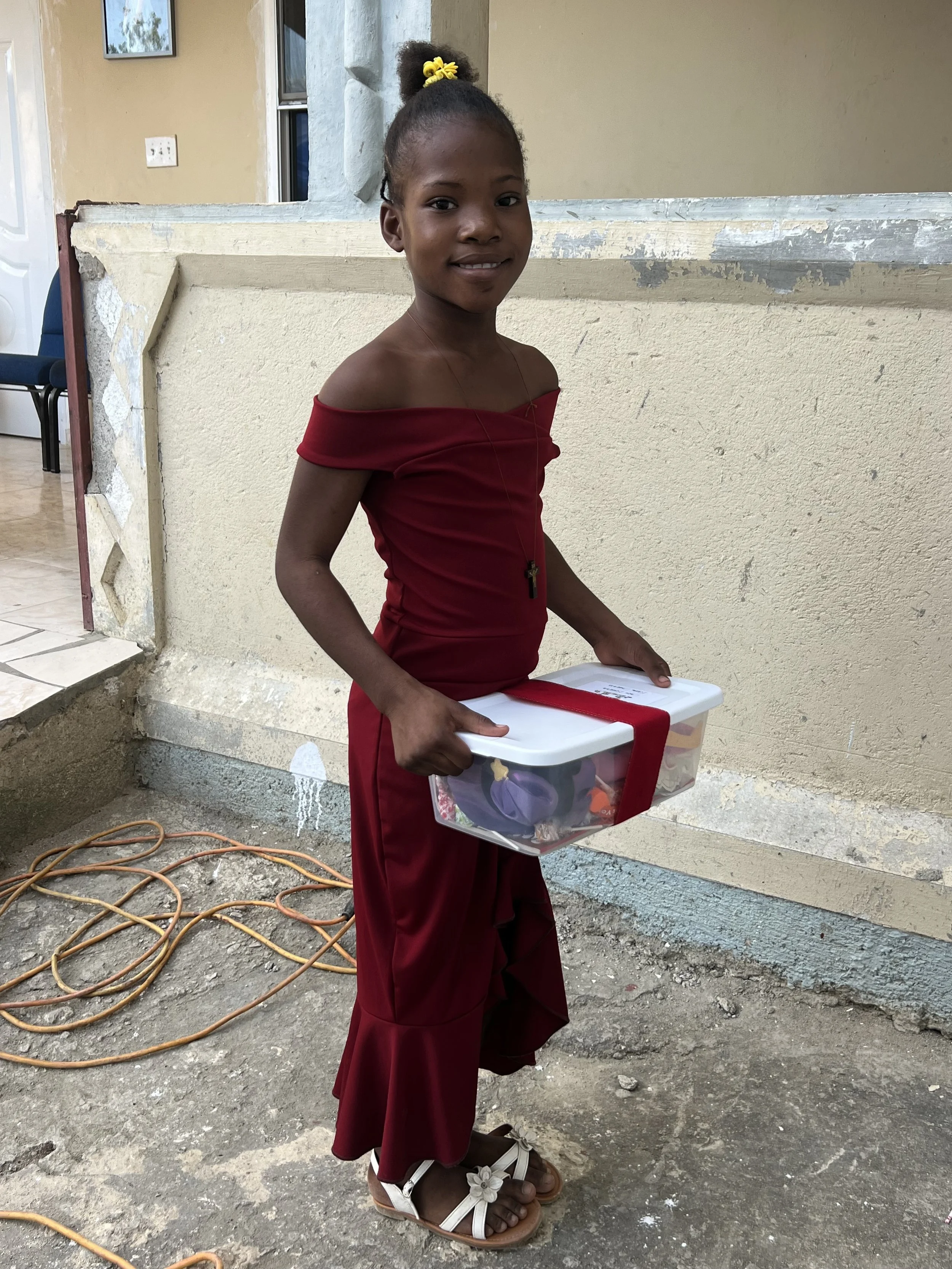



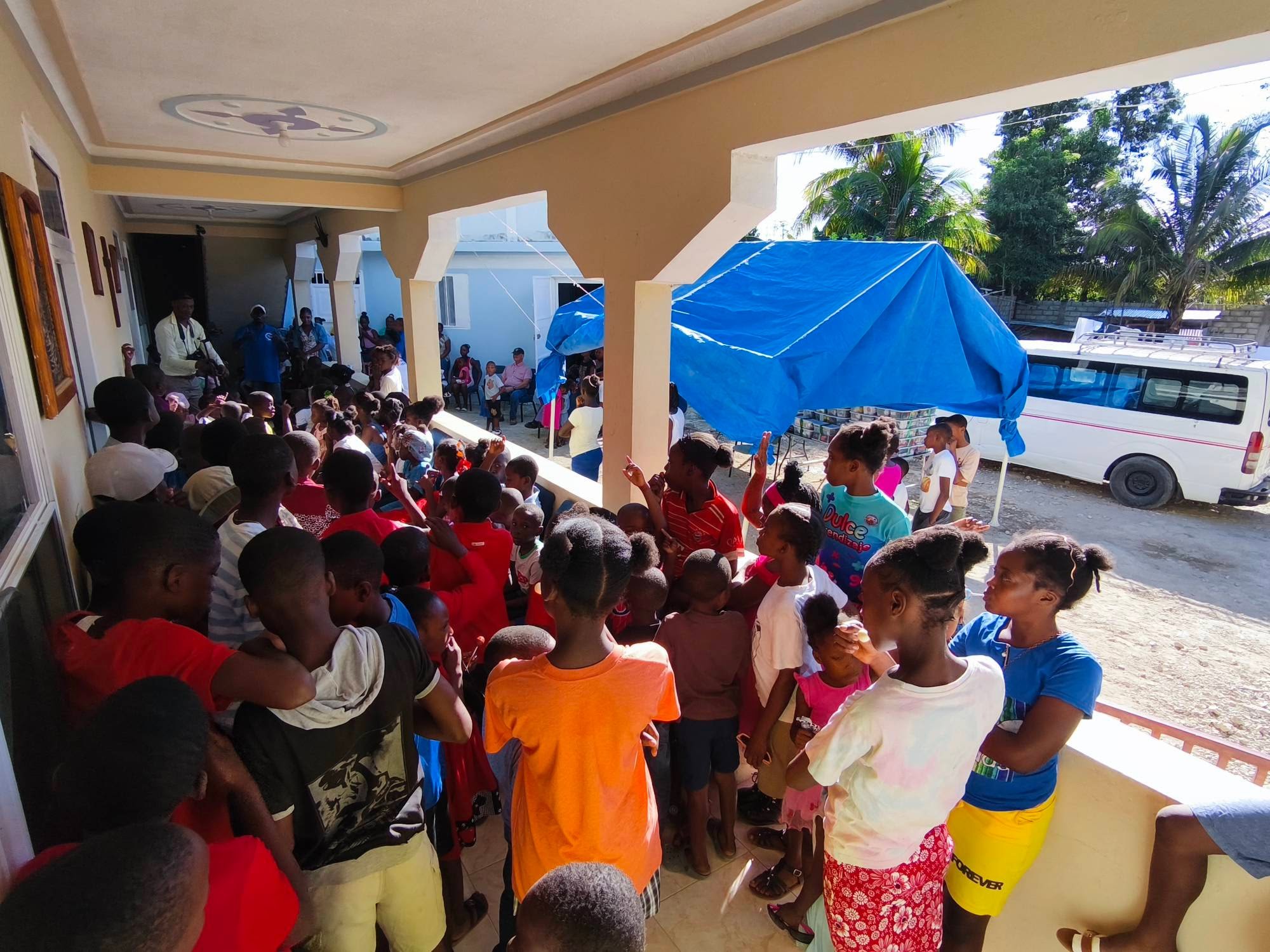
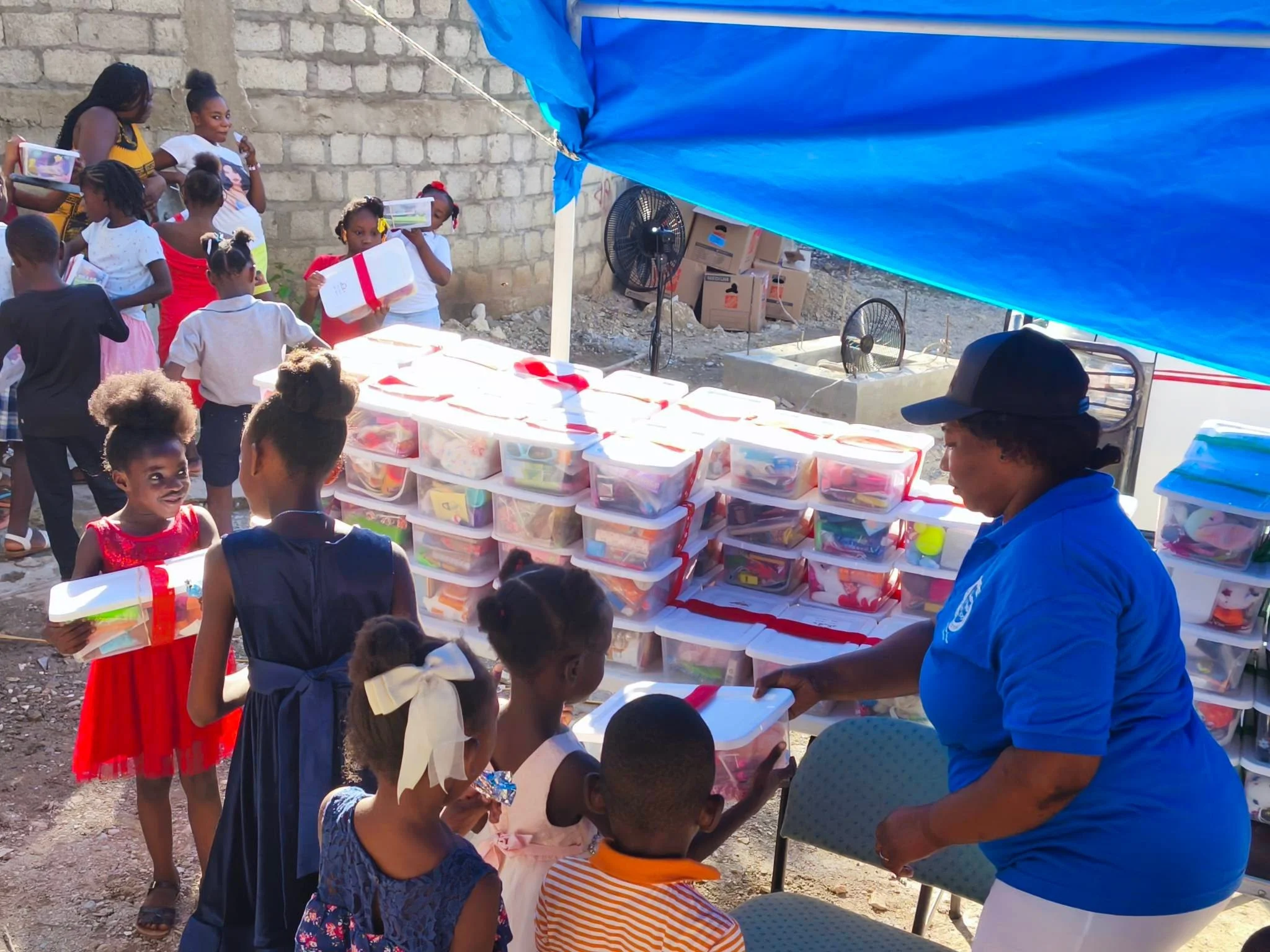
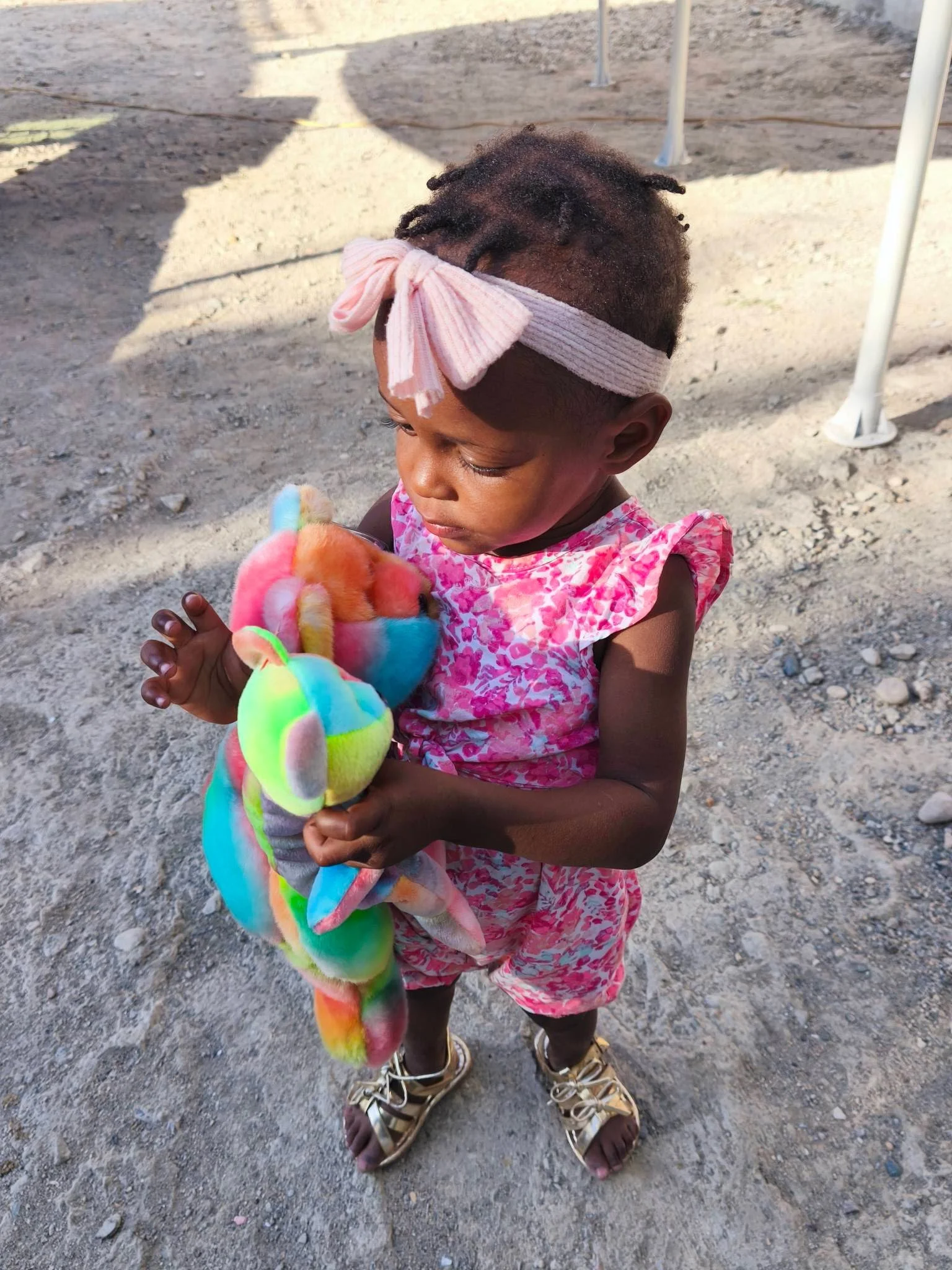



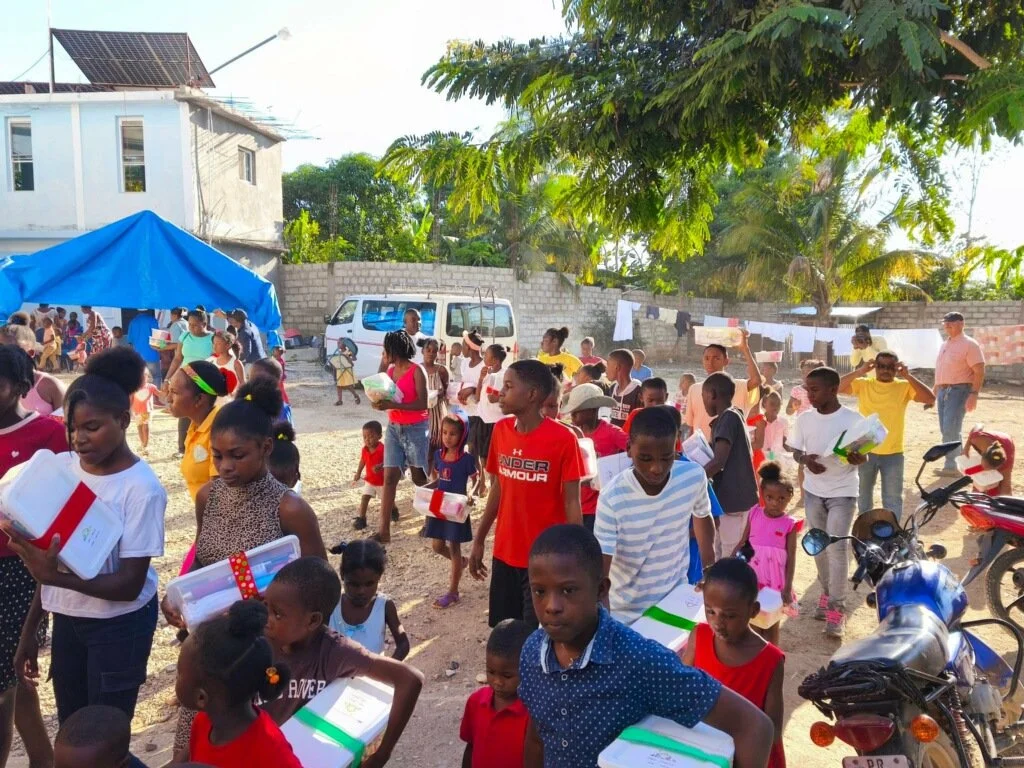


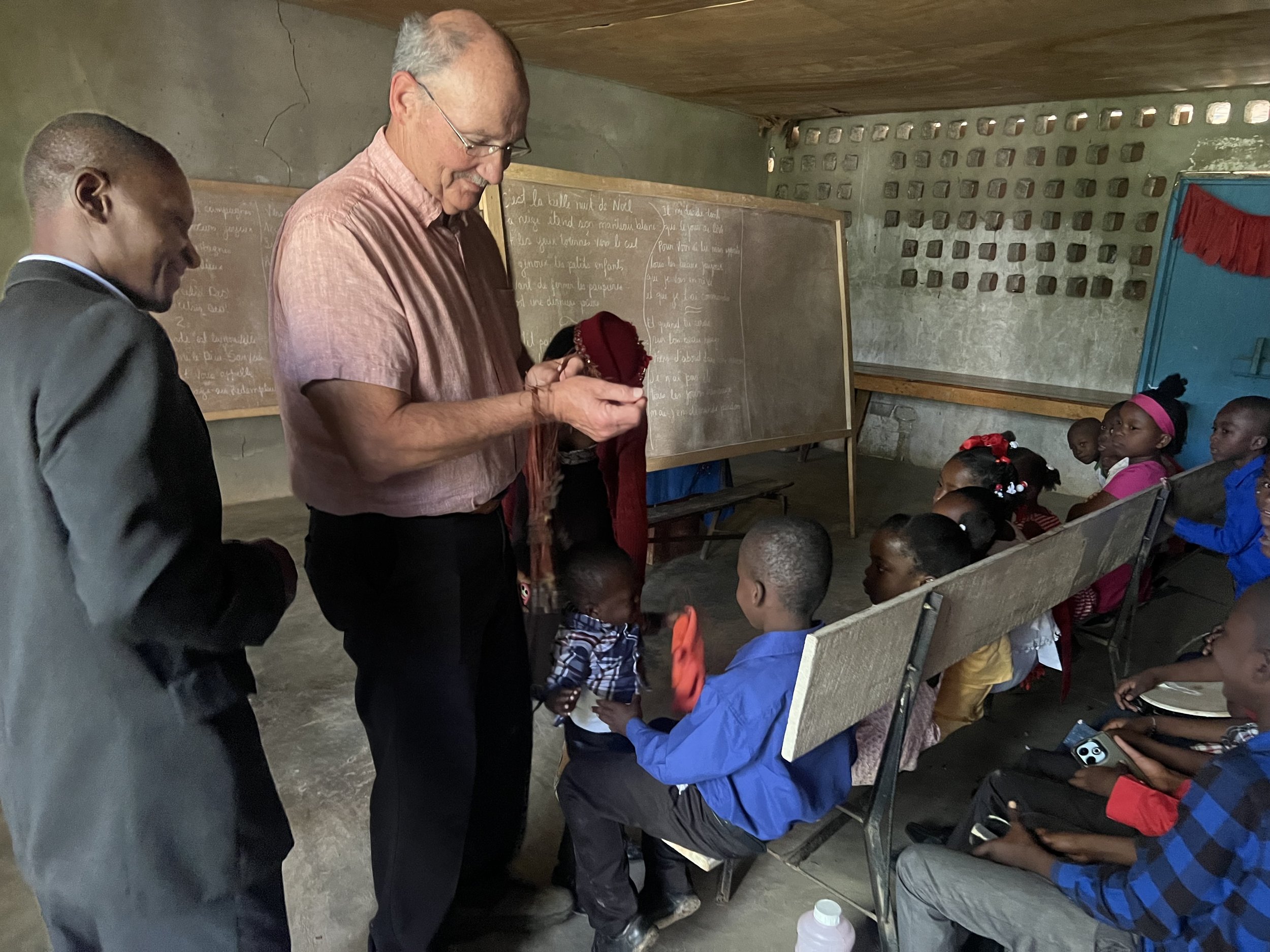
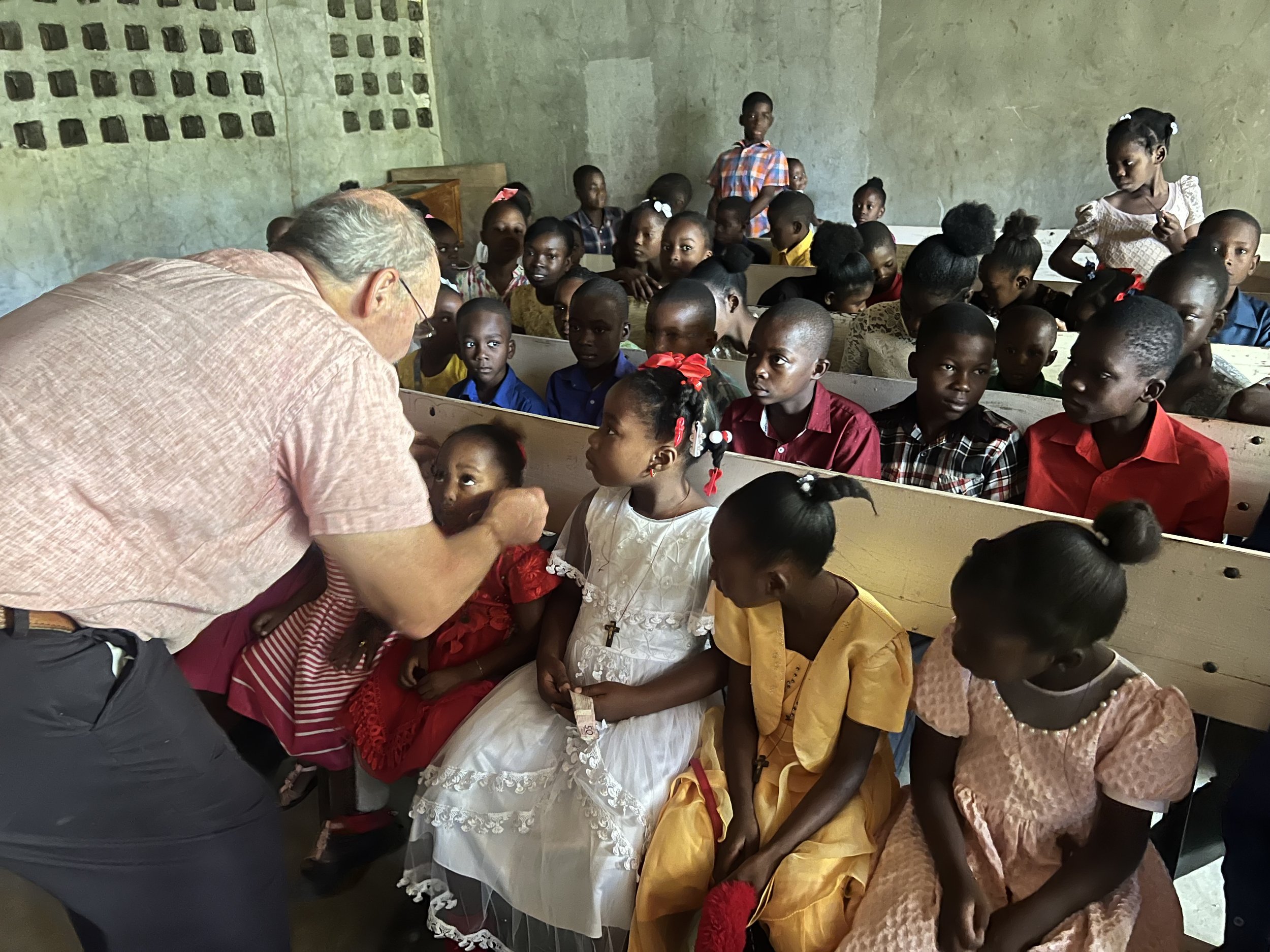
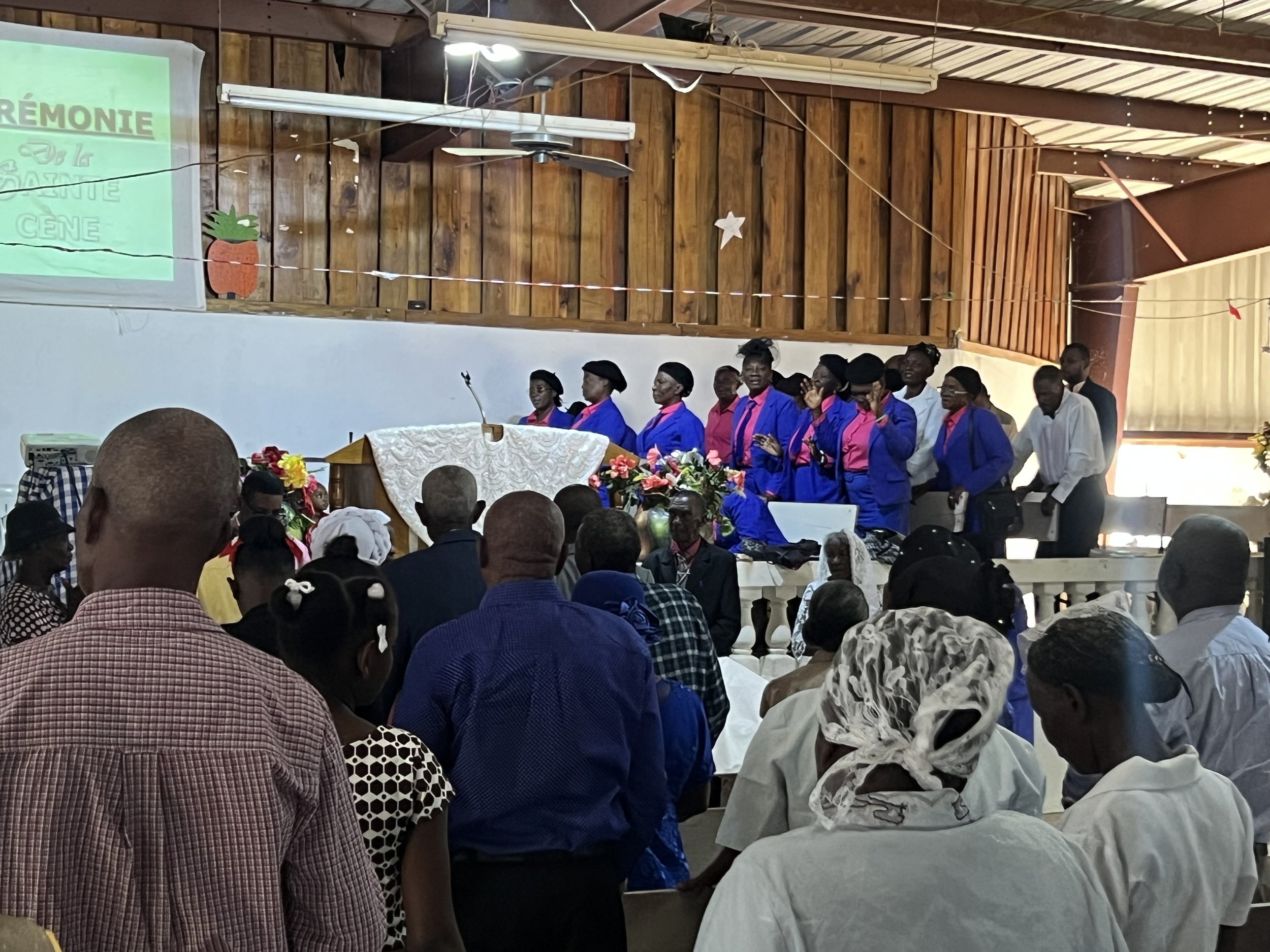
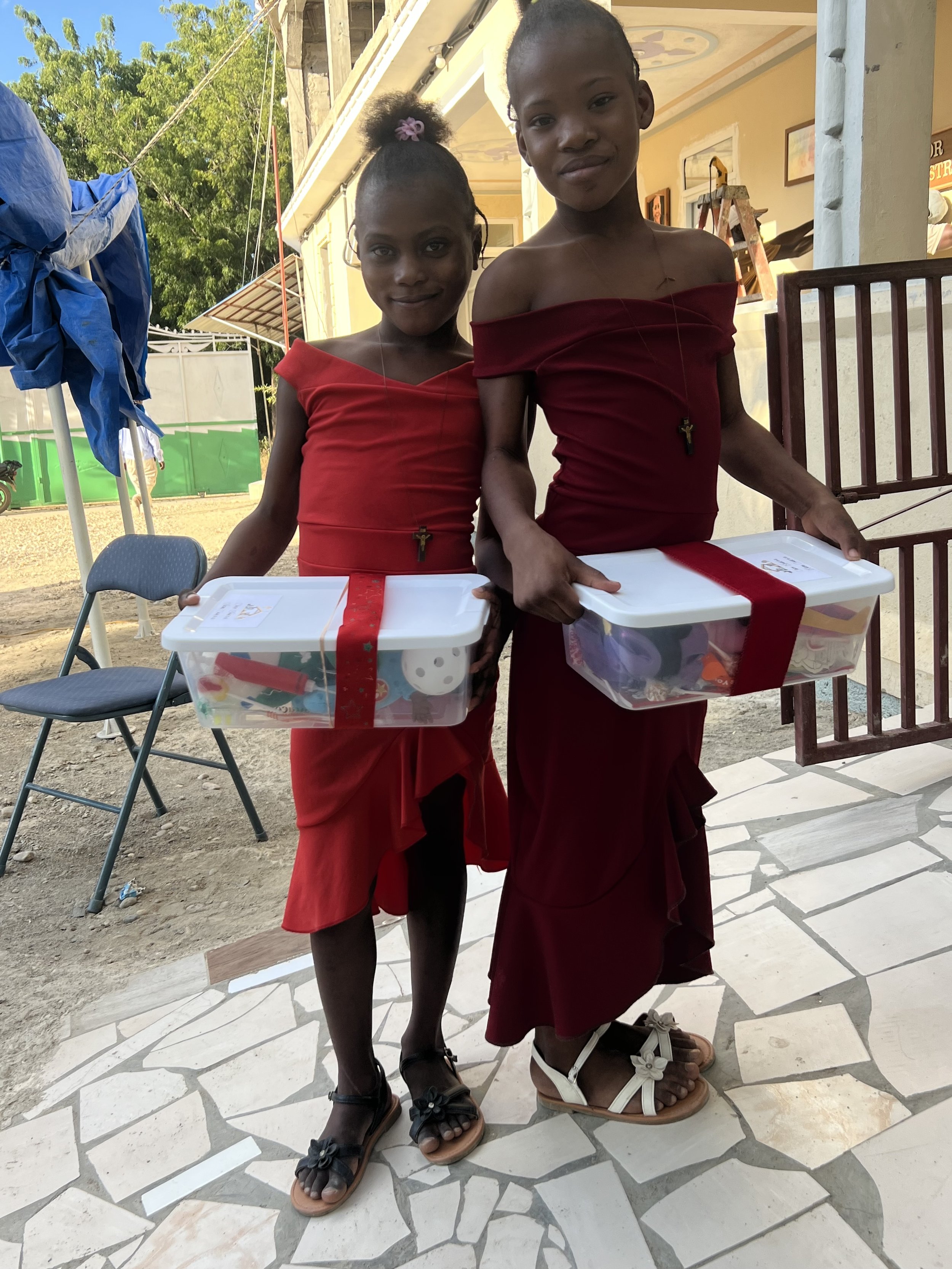
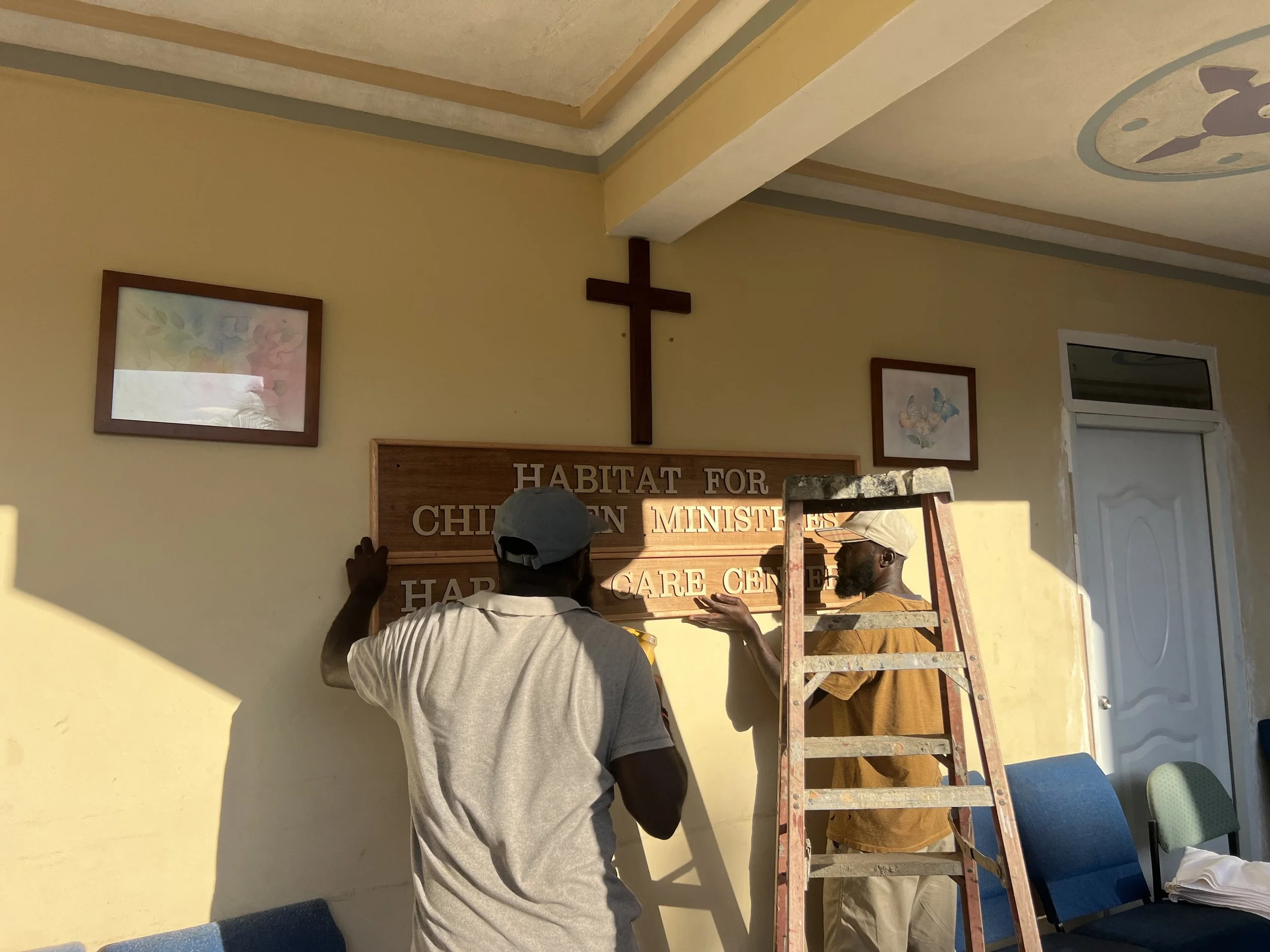
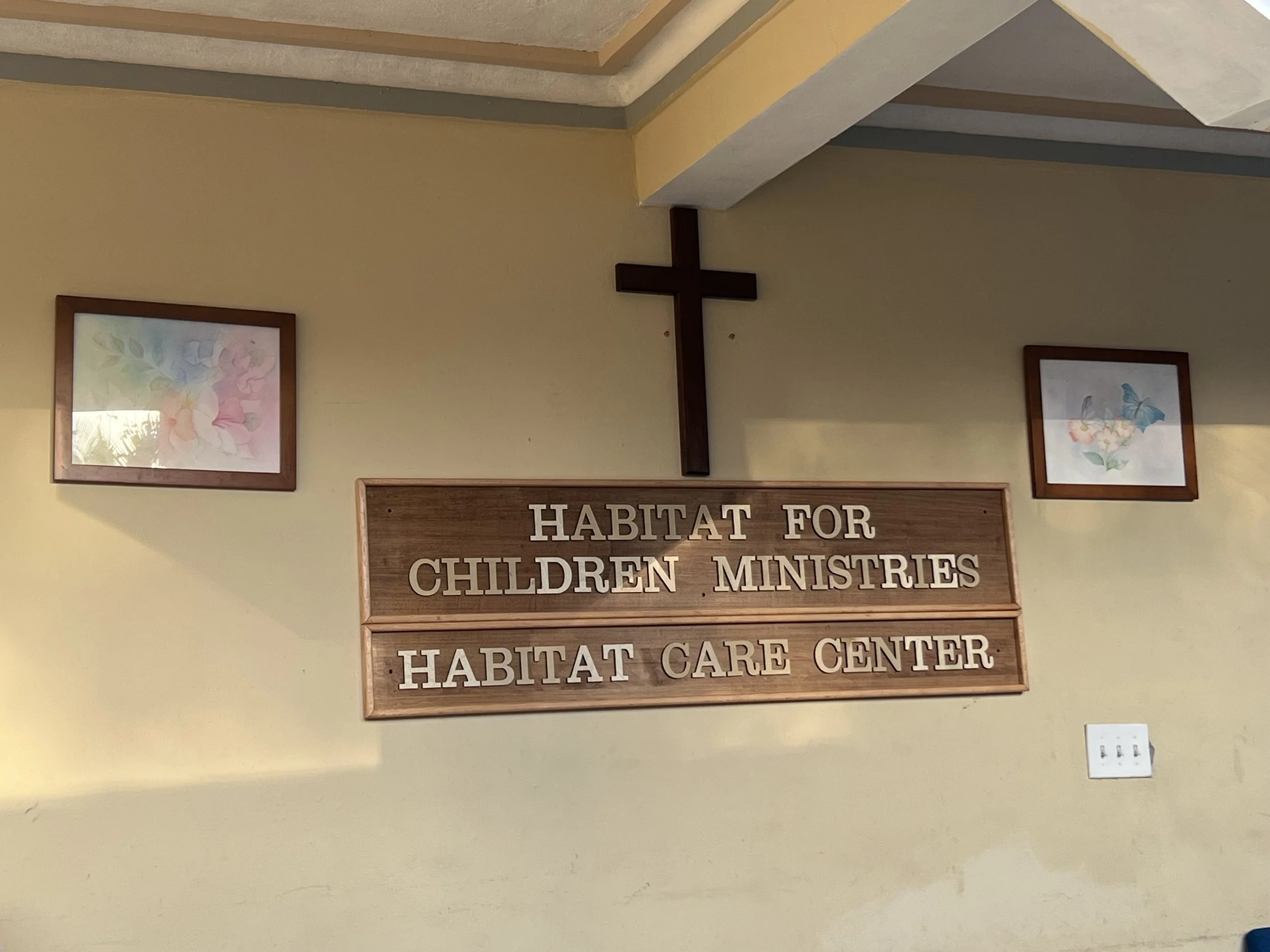
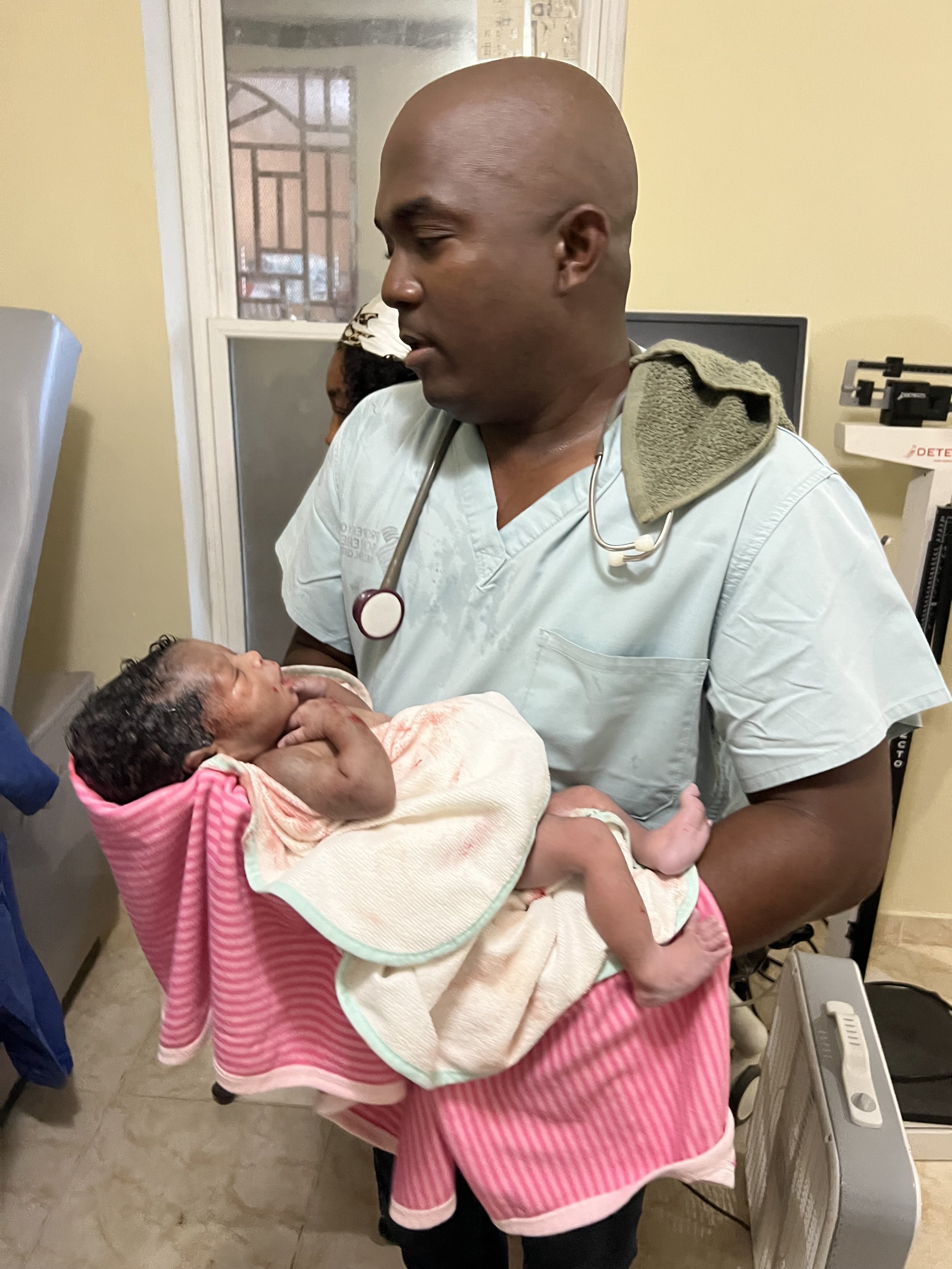

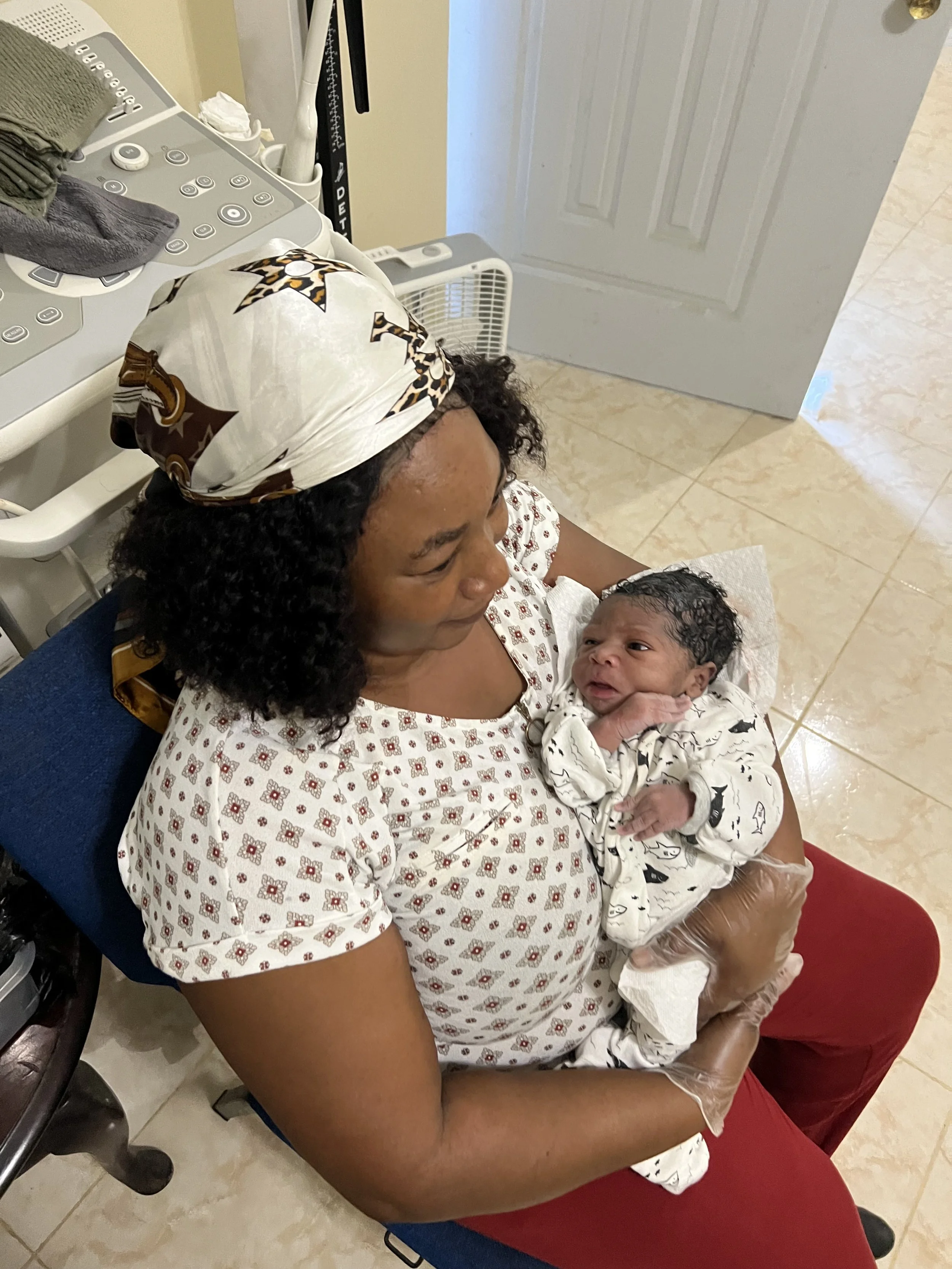
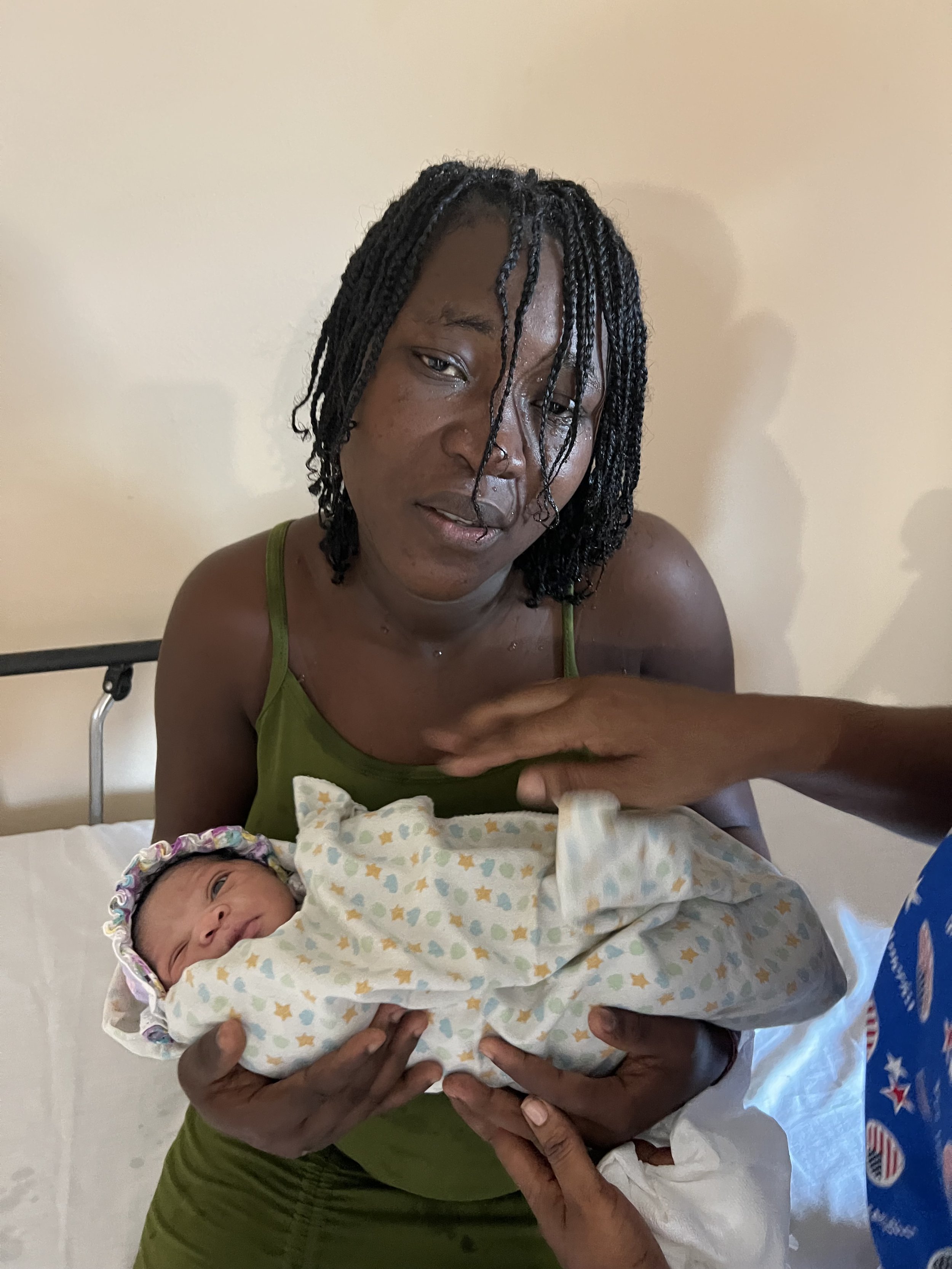


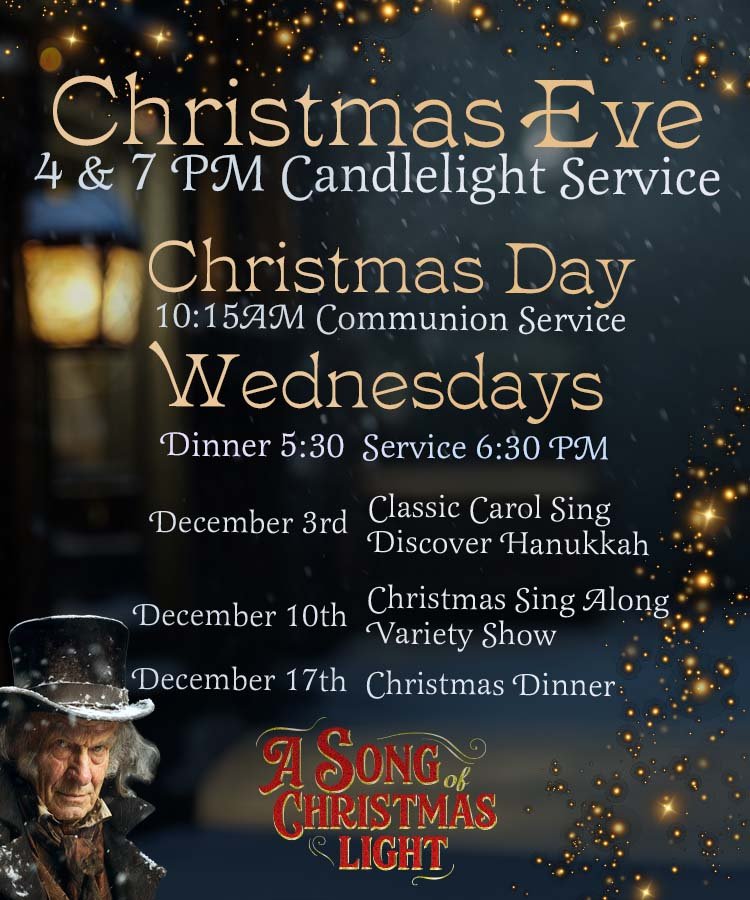

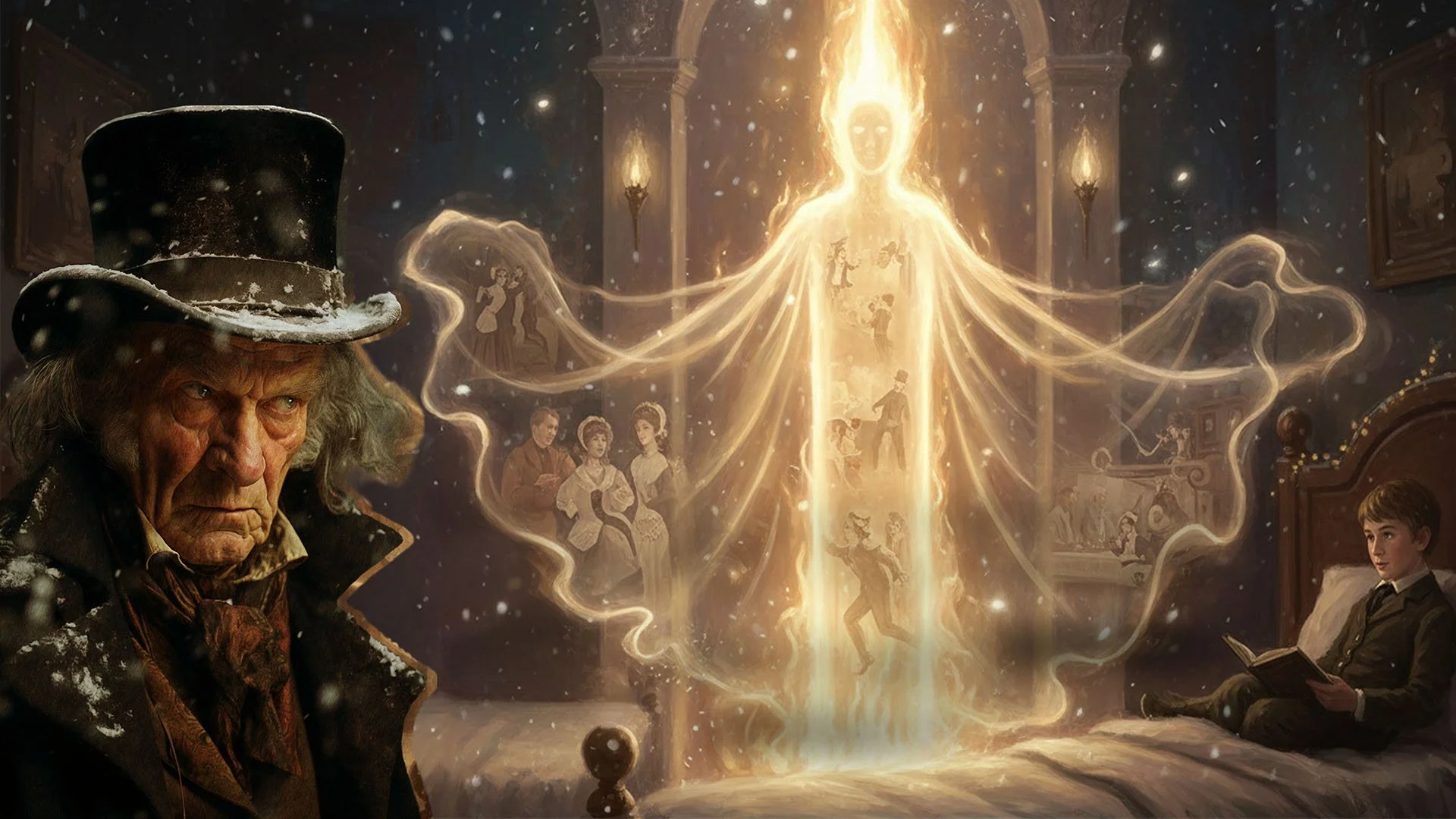

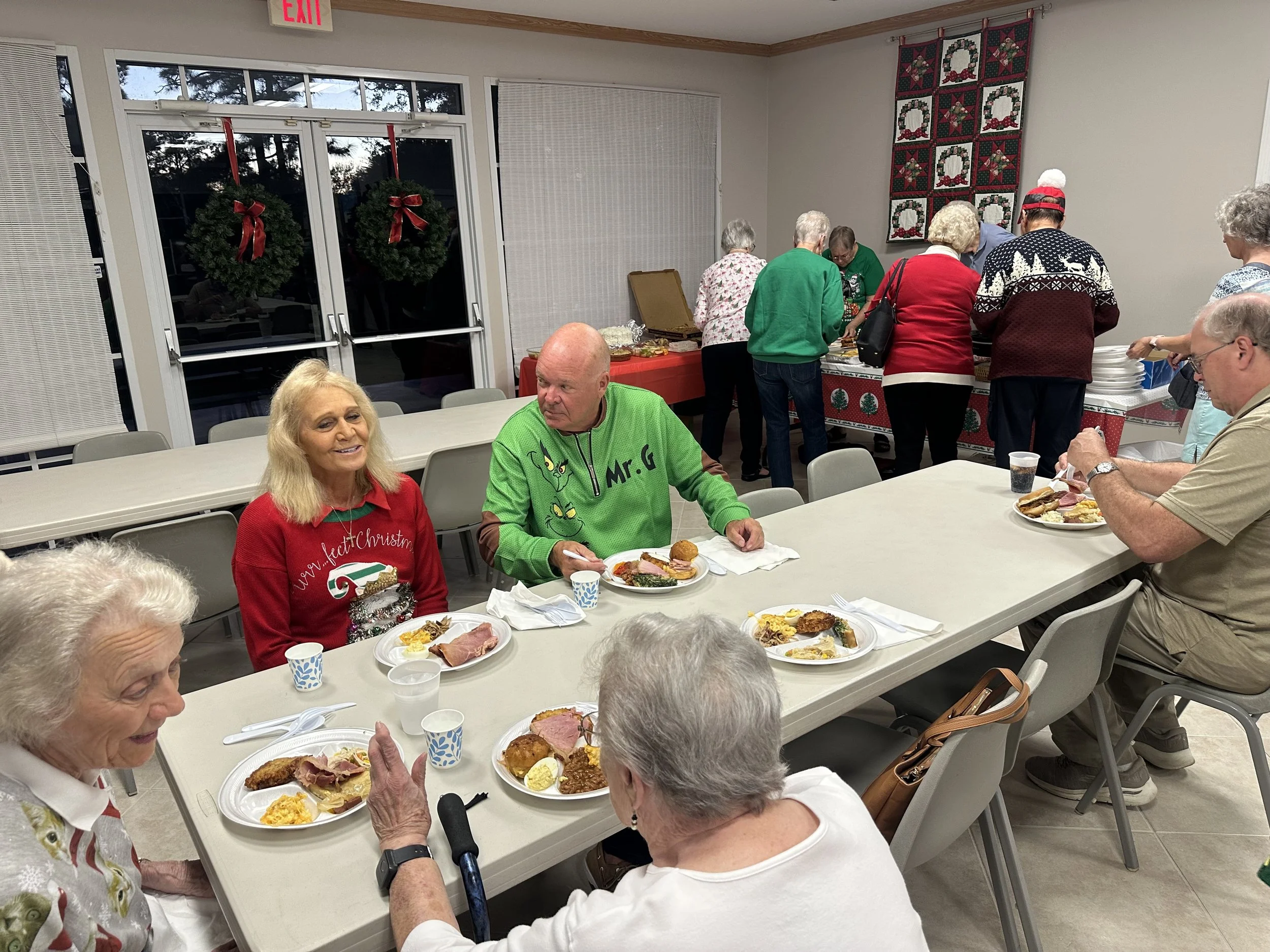


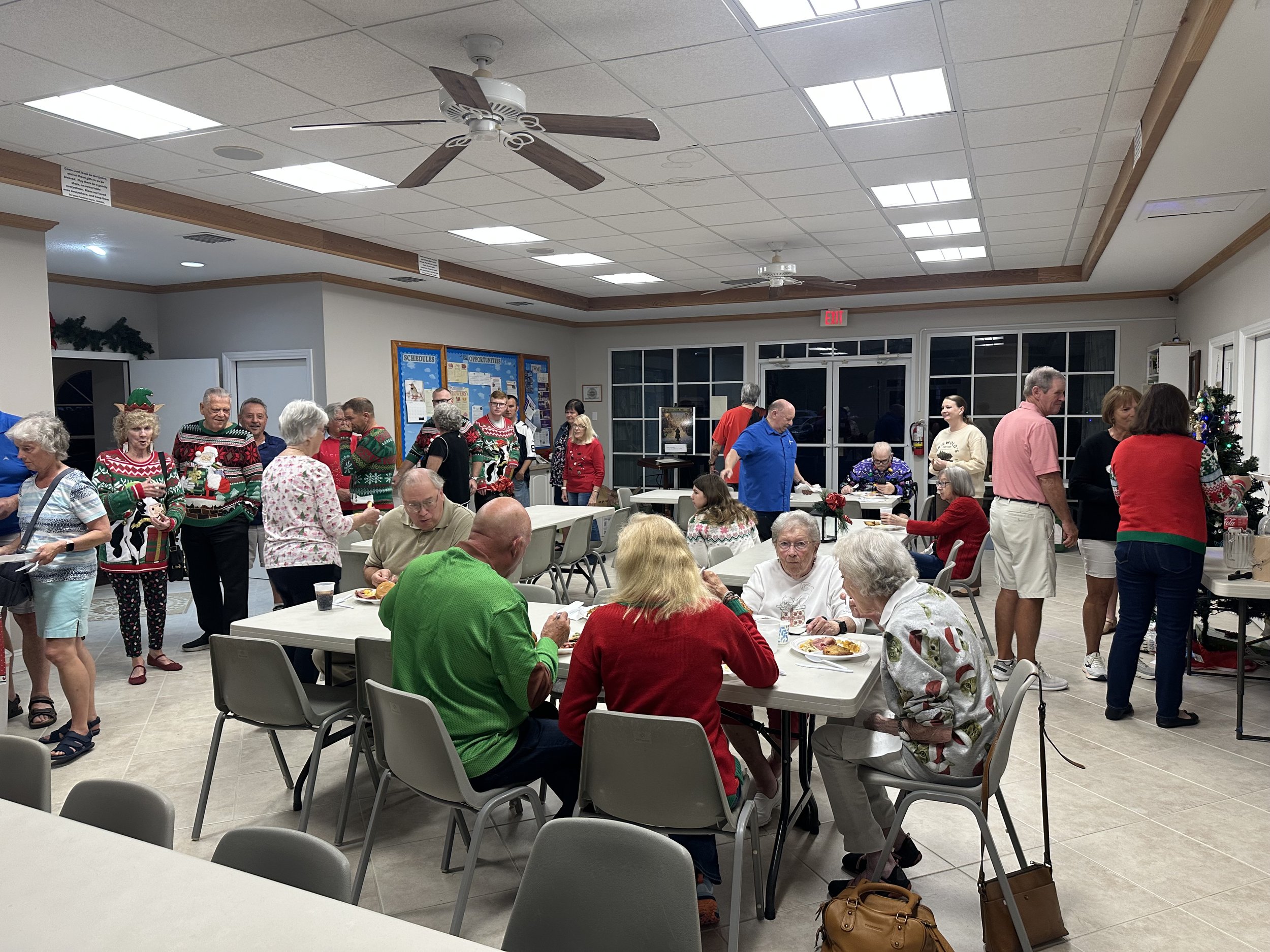
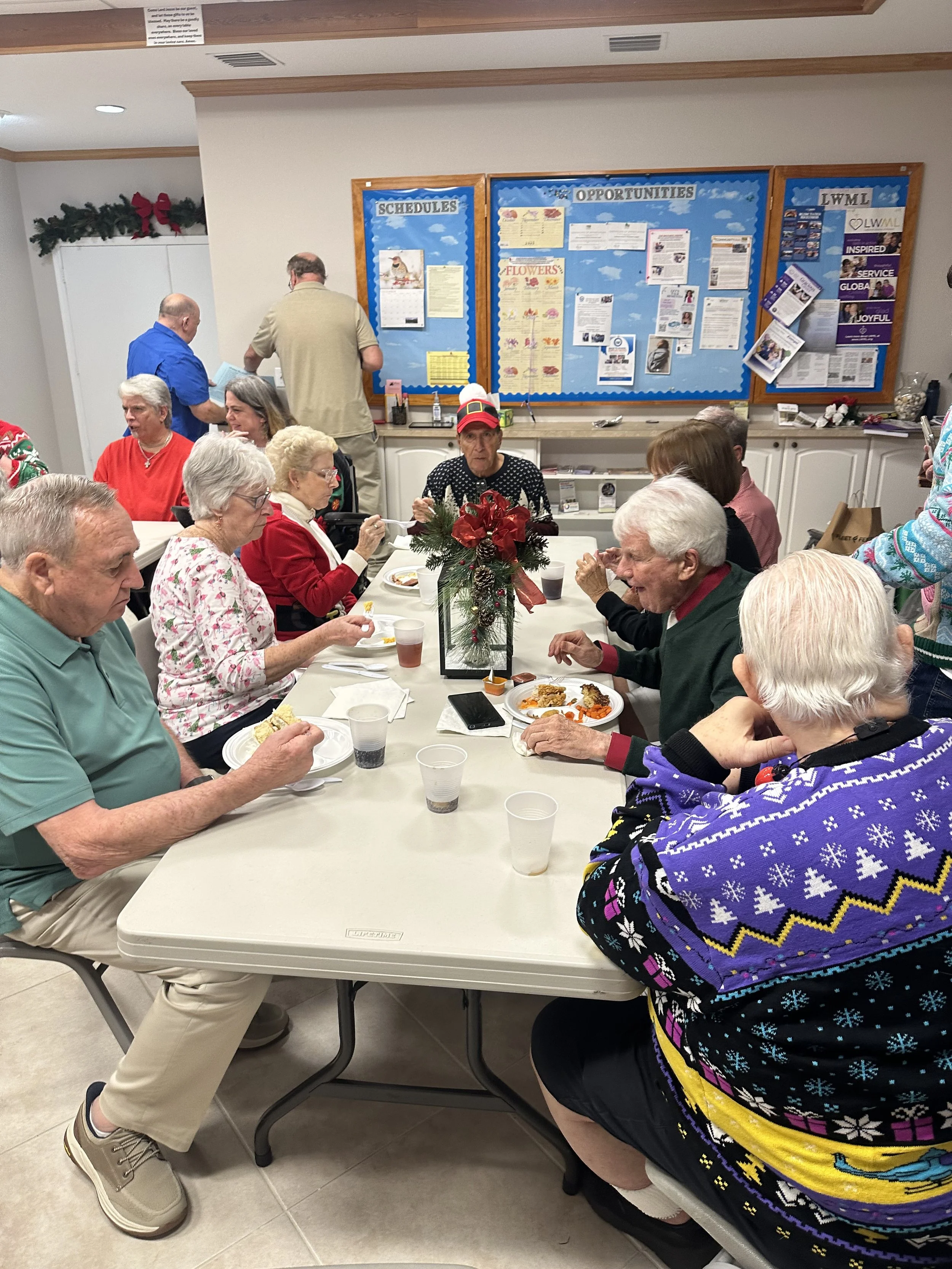
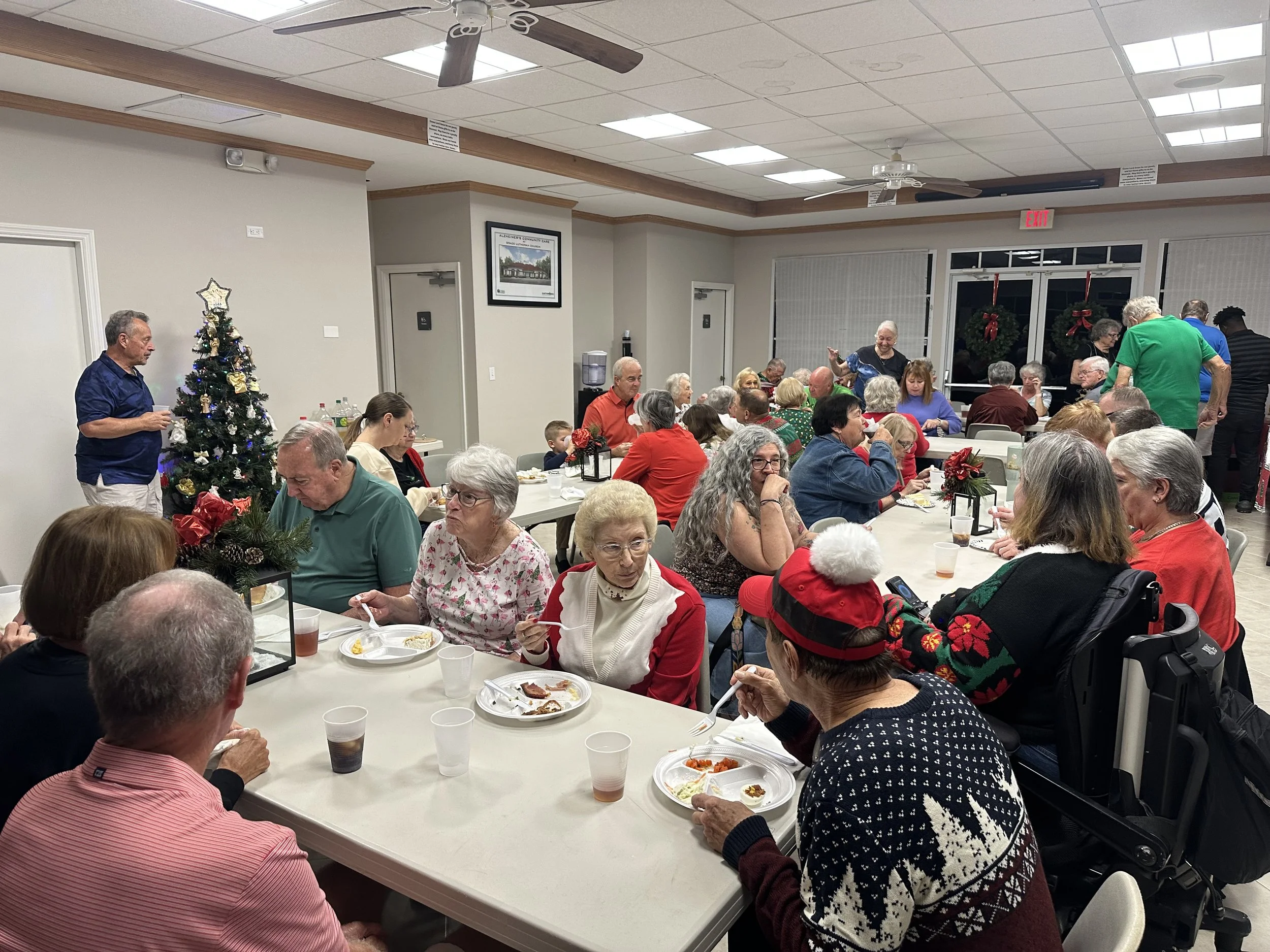
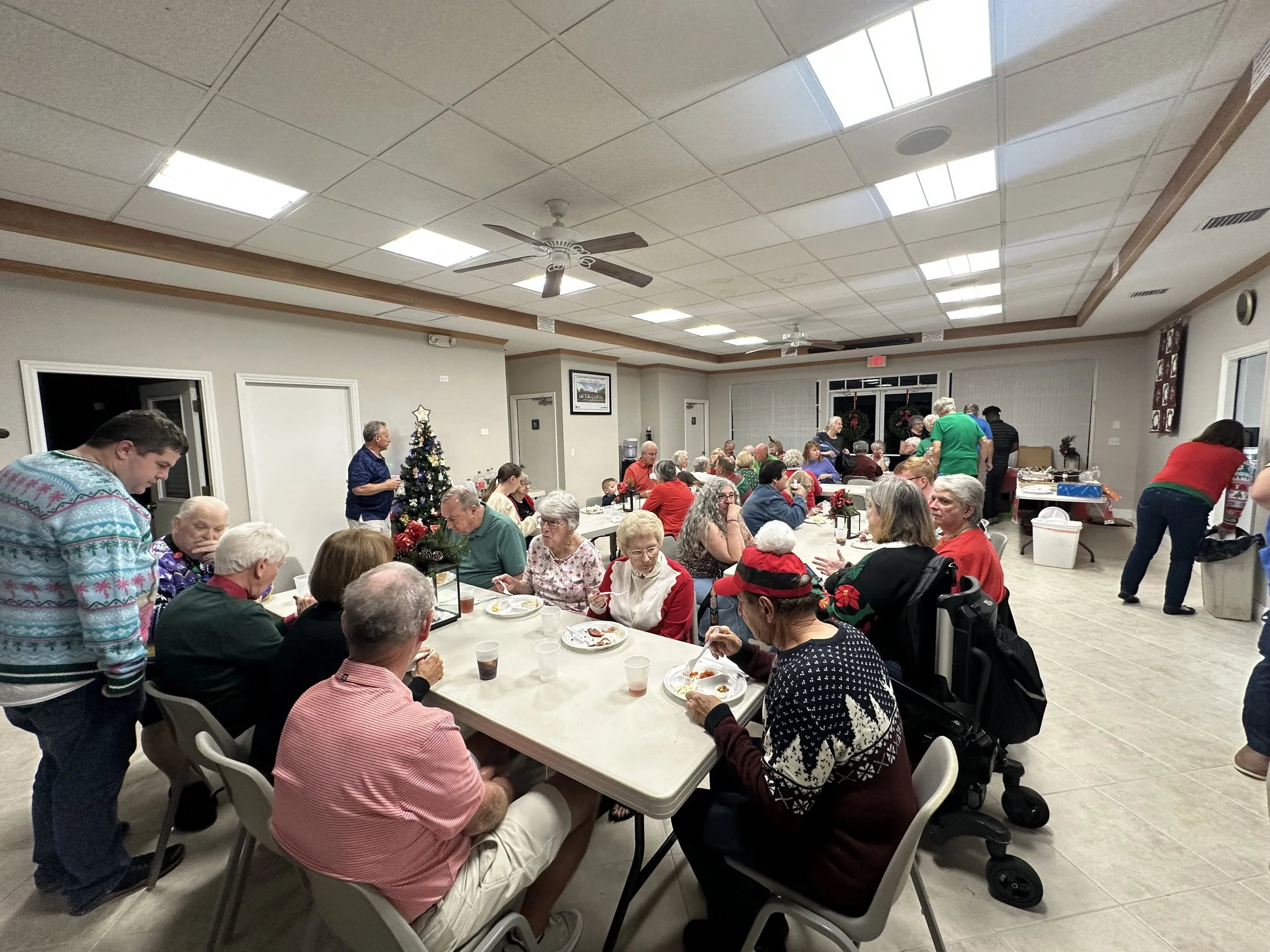

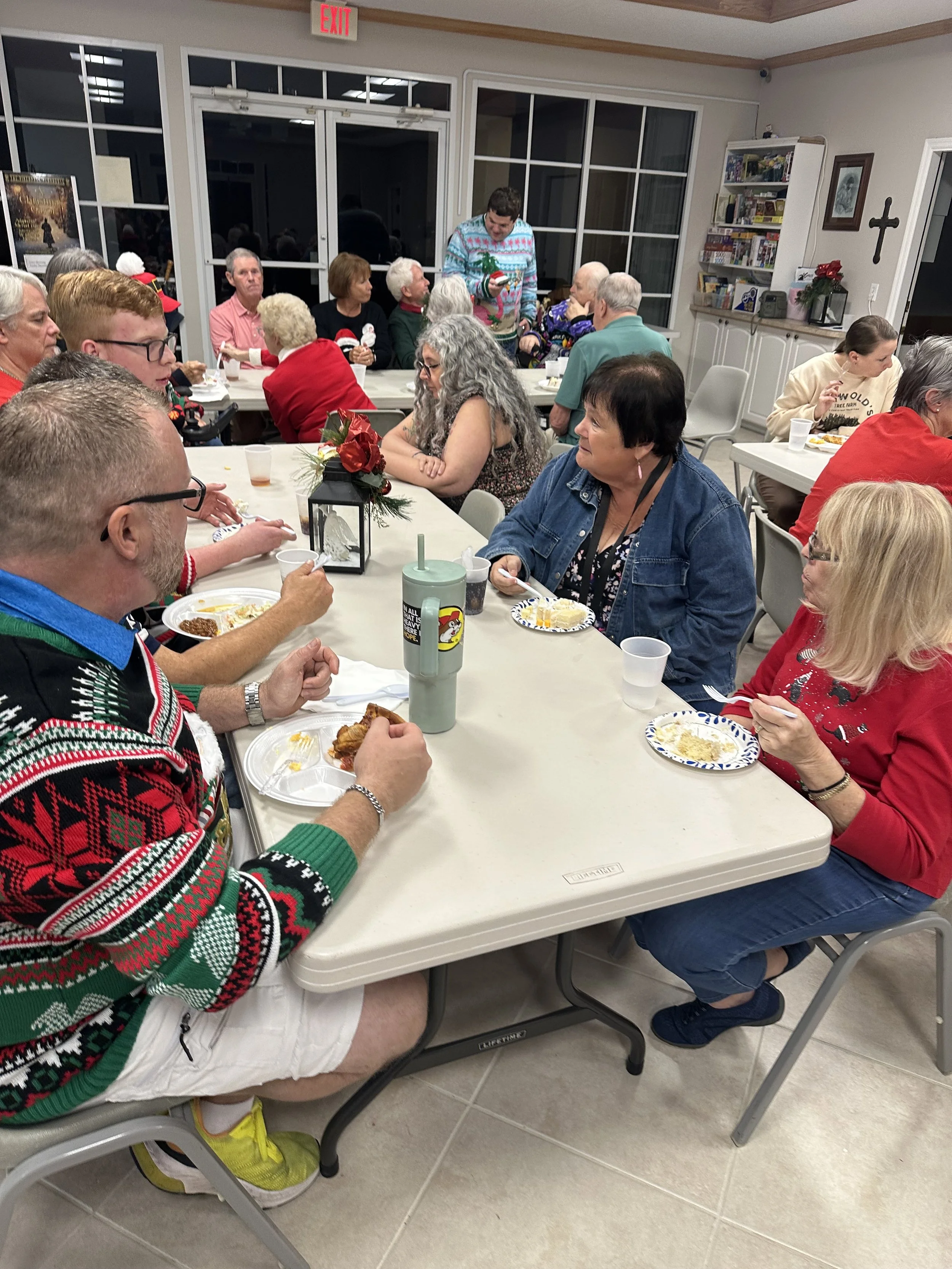















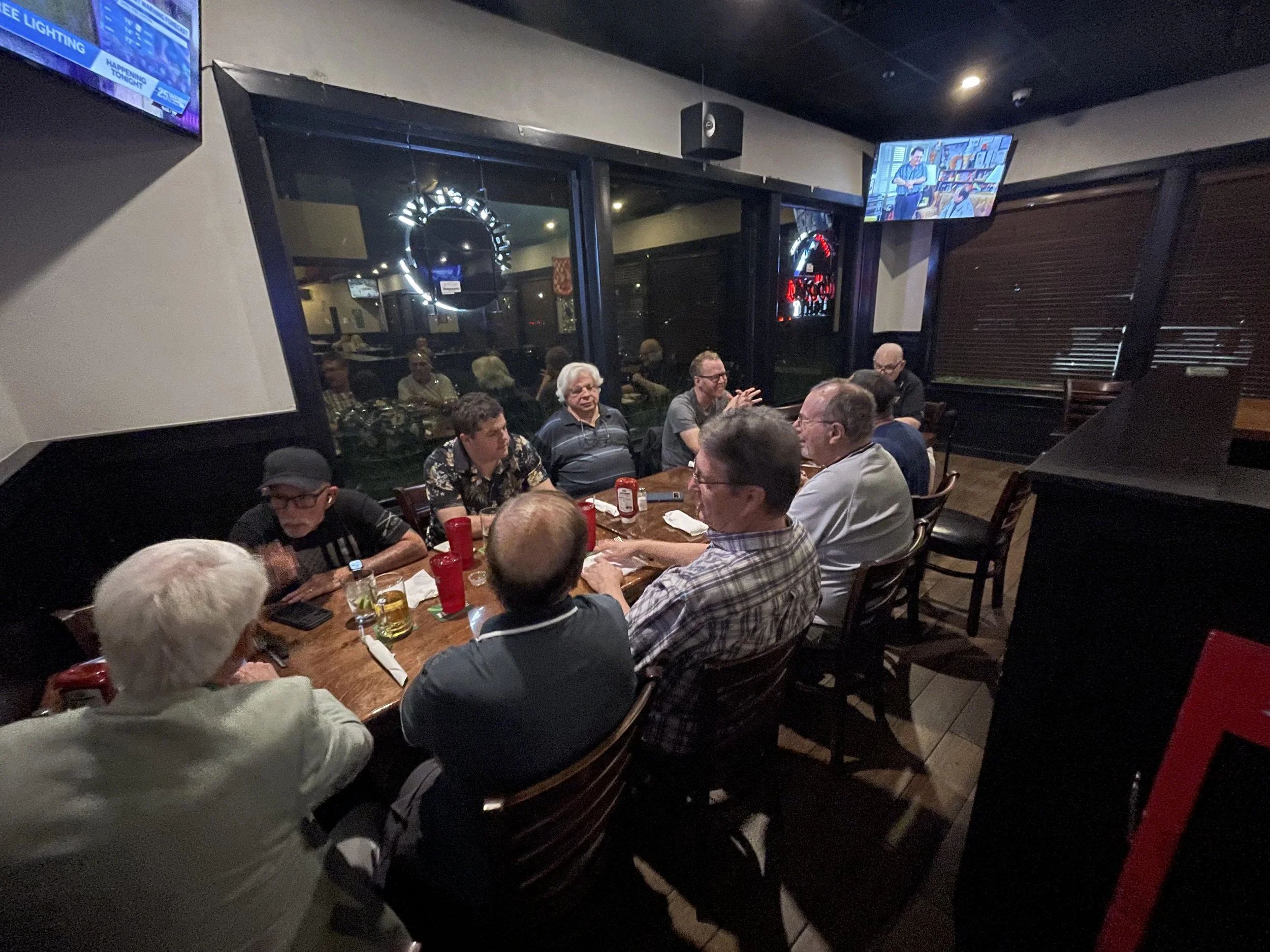


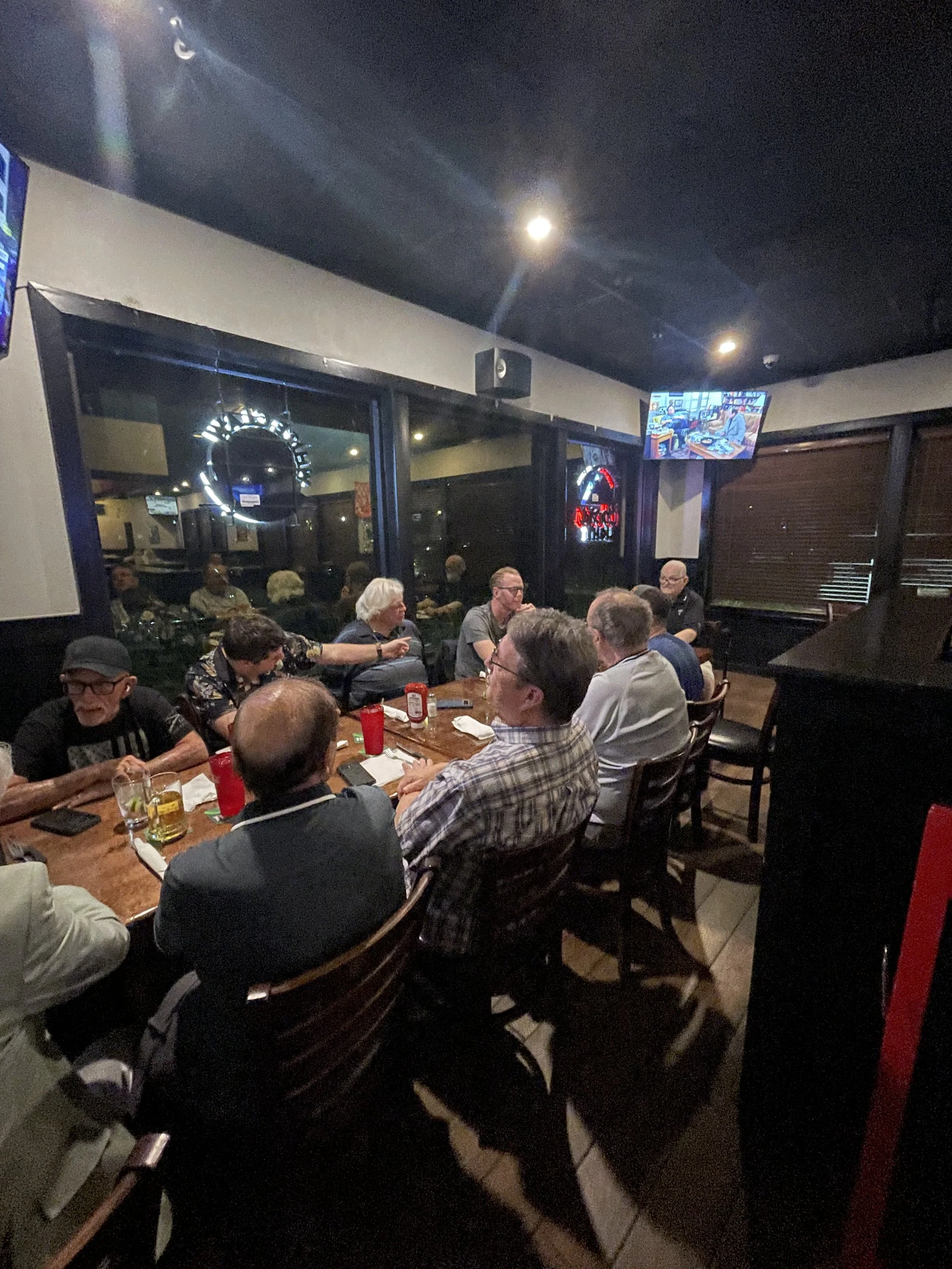
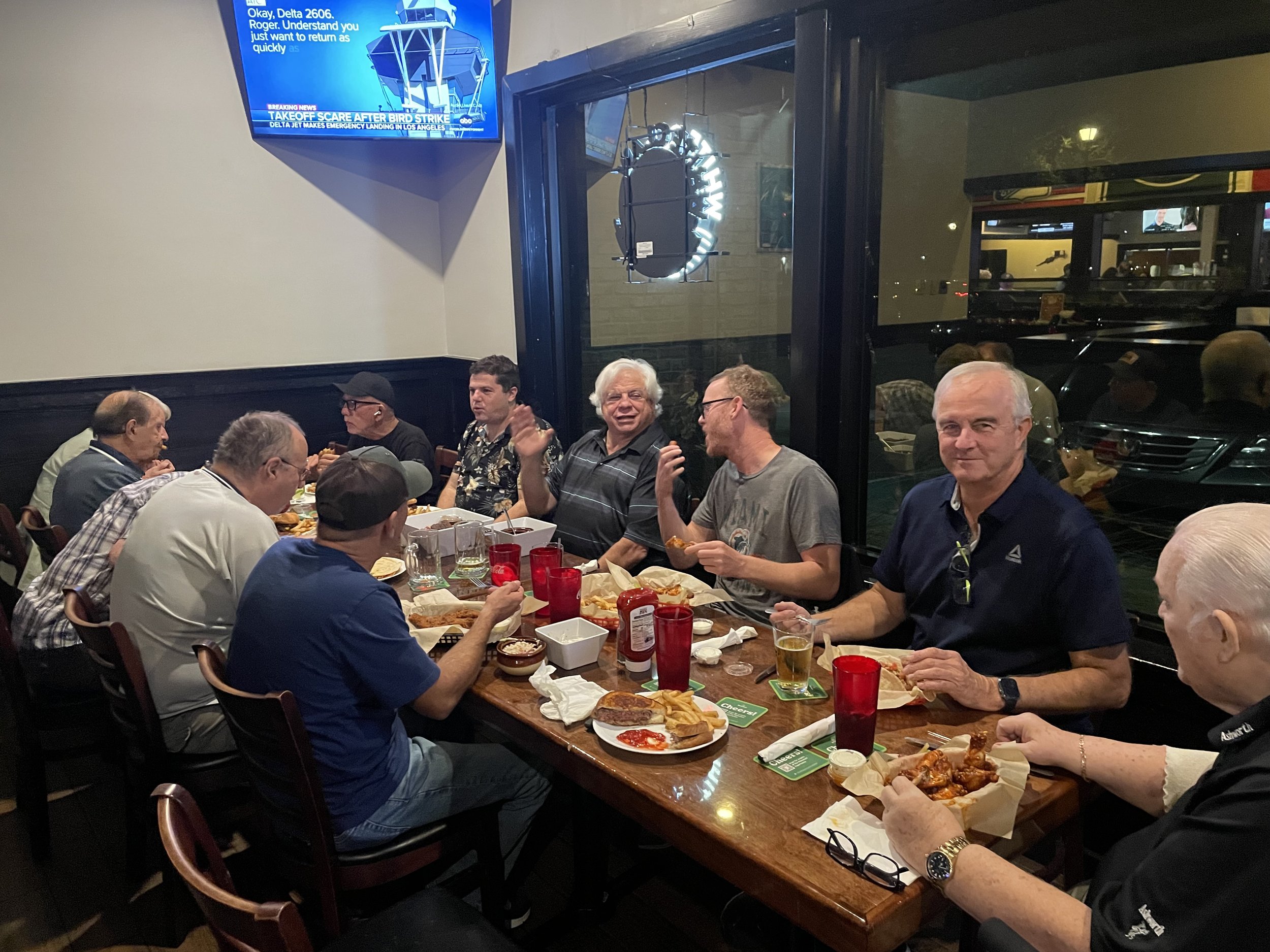
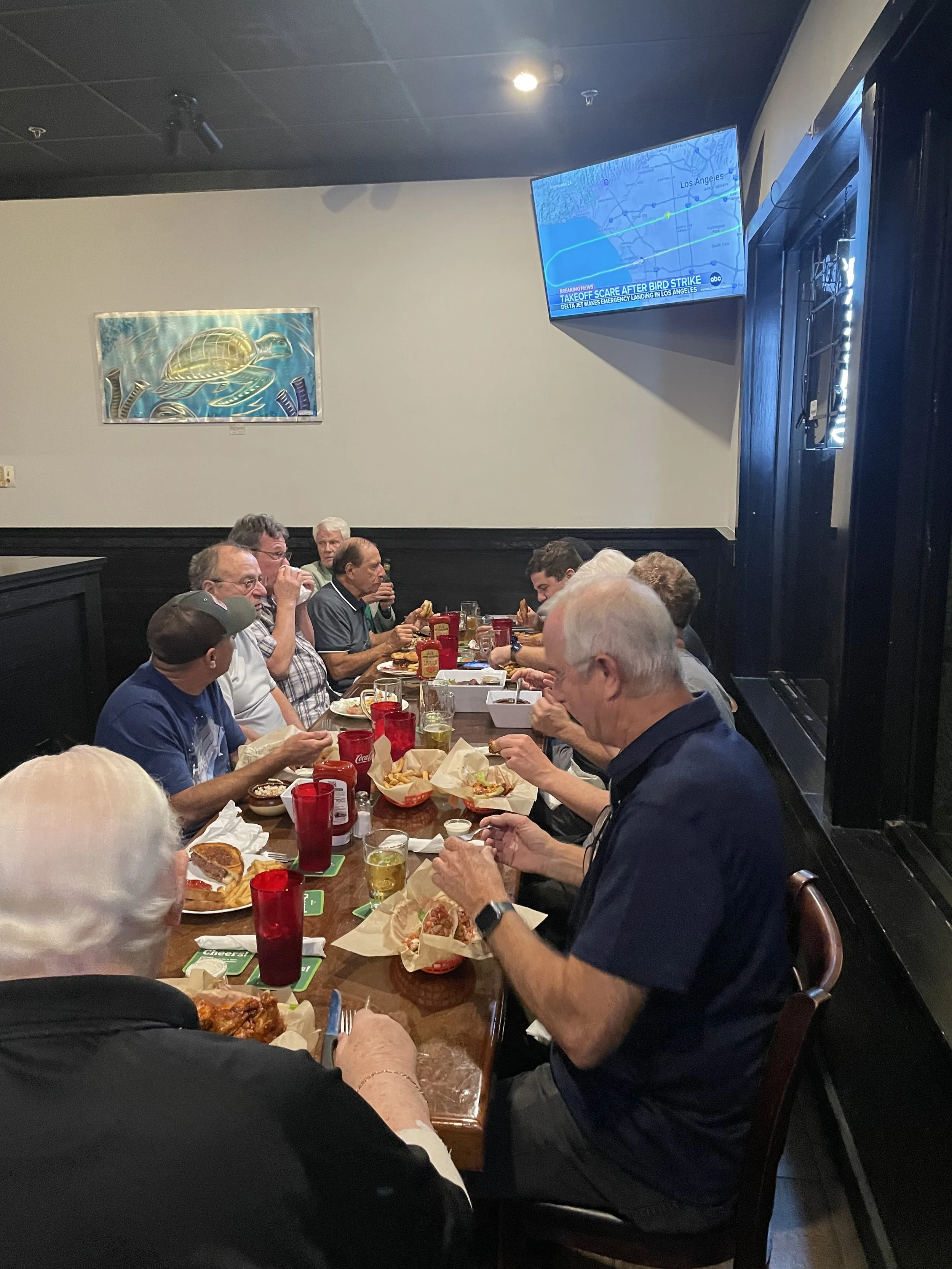

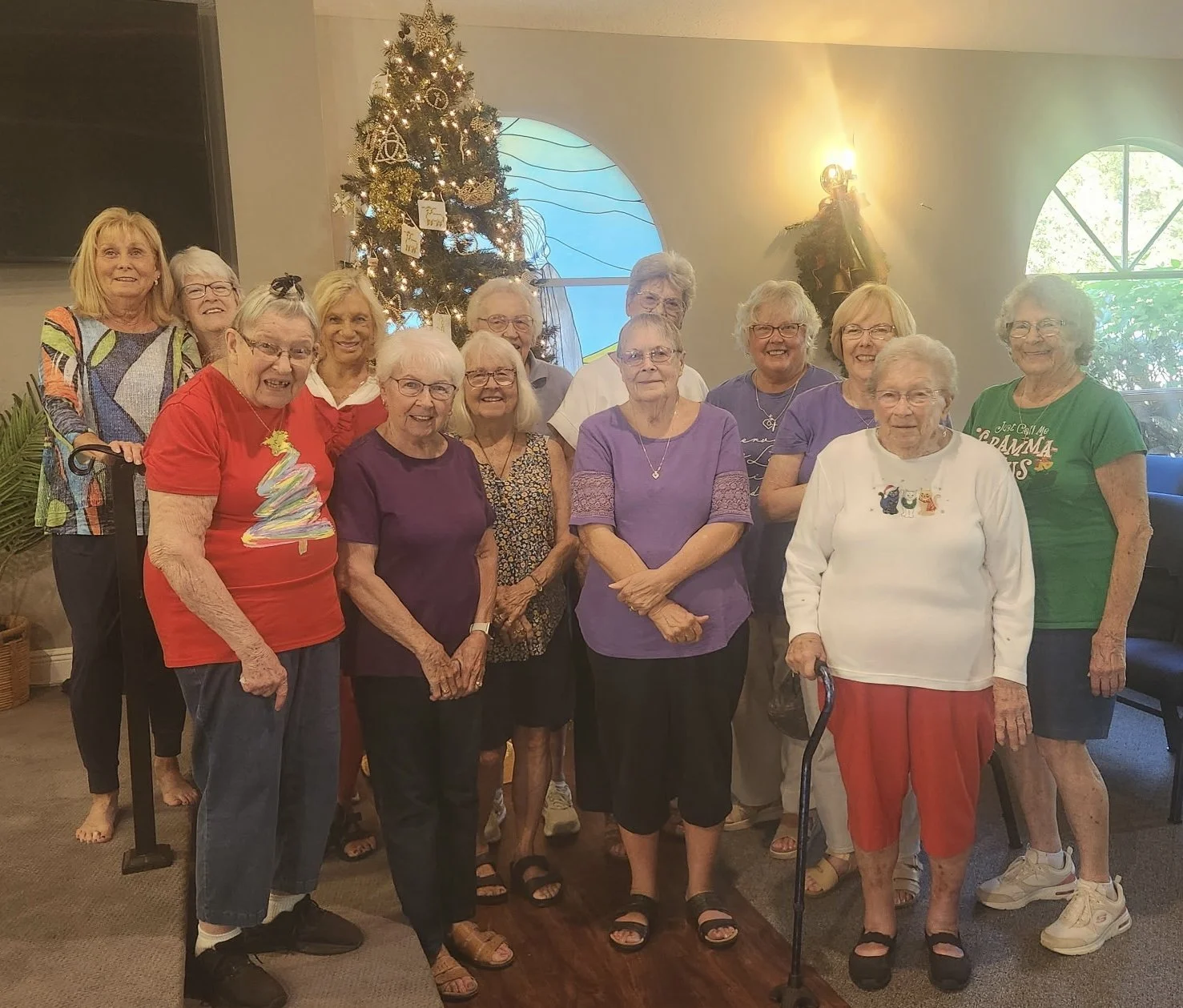
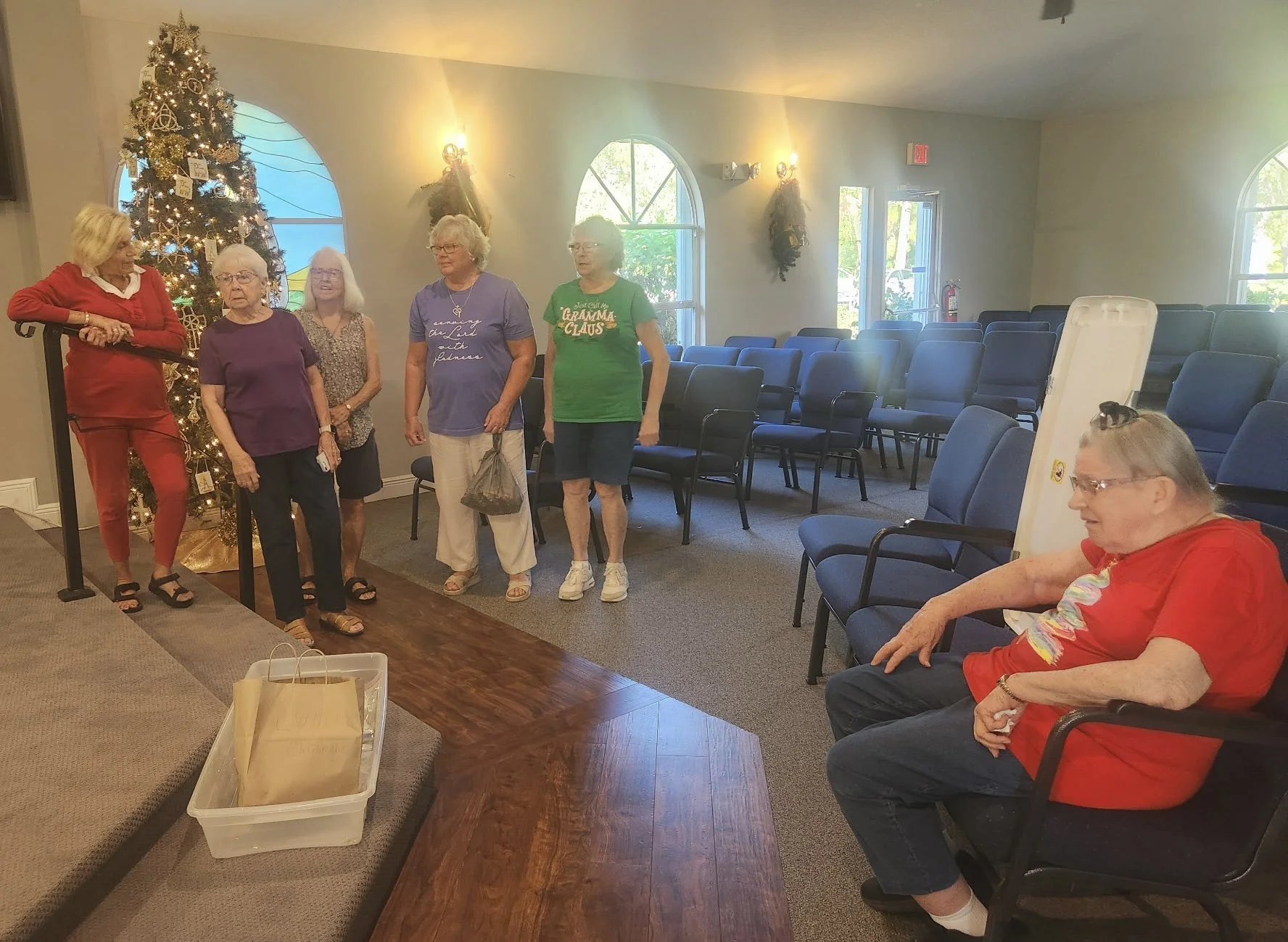

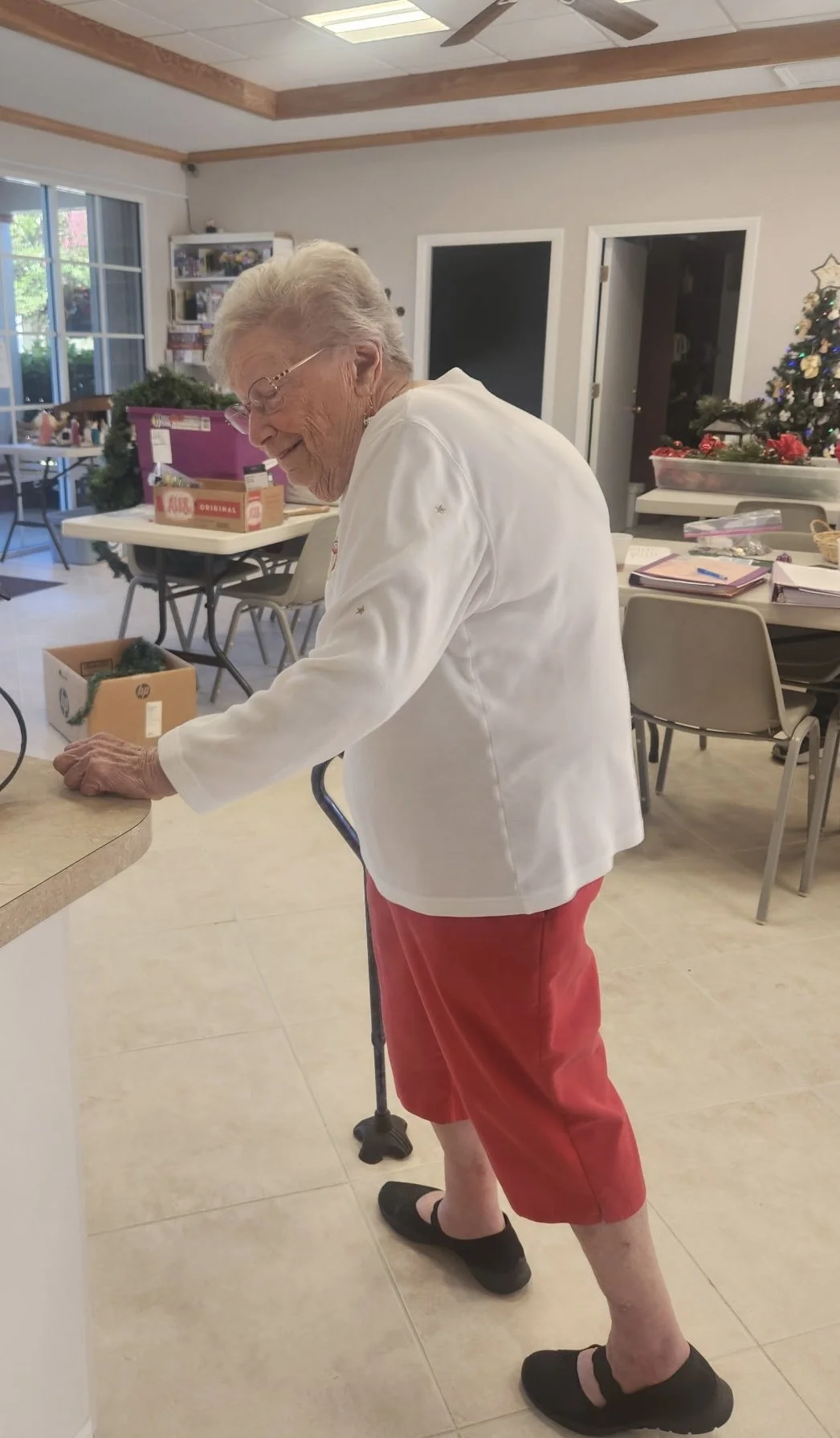
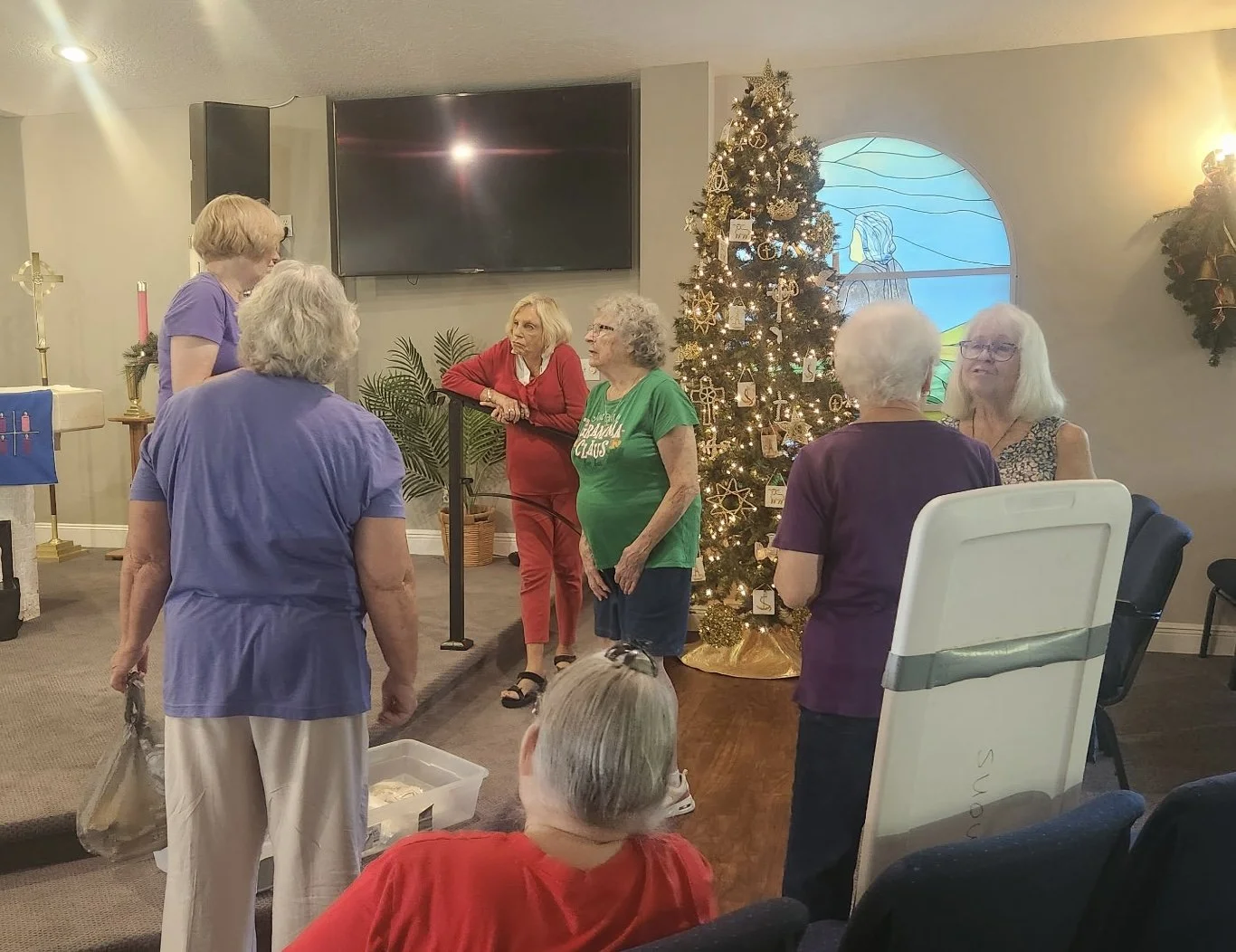

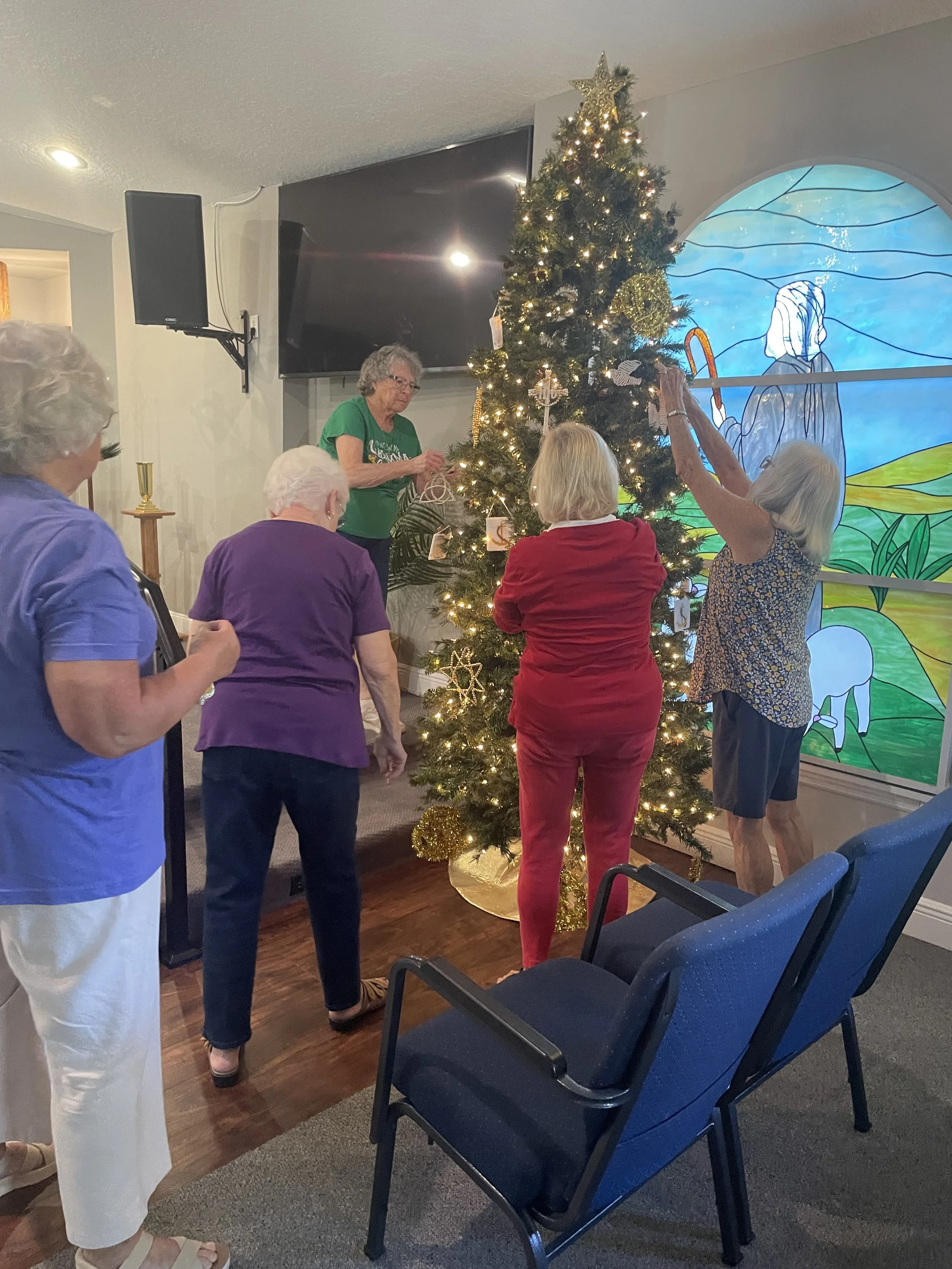



![[Wednesday] - Mid-week Advent - Christmas Sing Along](https://images.squarespace-cdn.com/content/v1/5852f18a20099e30cd2c01dc/48f51e6c-0be5-4c2f-aebf-973d61692700/Christmas+Singalong+25b.jpg)

![[Sunday] A Song of Christmas Light - Humbug](https://images.squarespace-cdn.com/content/v1/5852f18a20099e30cd2c01dc/1764174093293-C5URZKQZS8IHY710K0Z3/Christmas+light+1a.jpg)


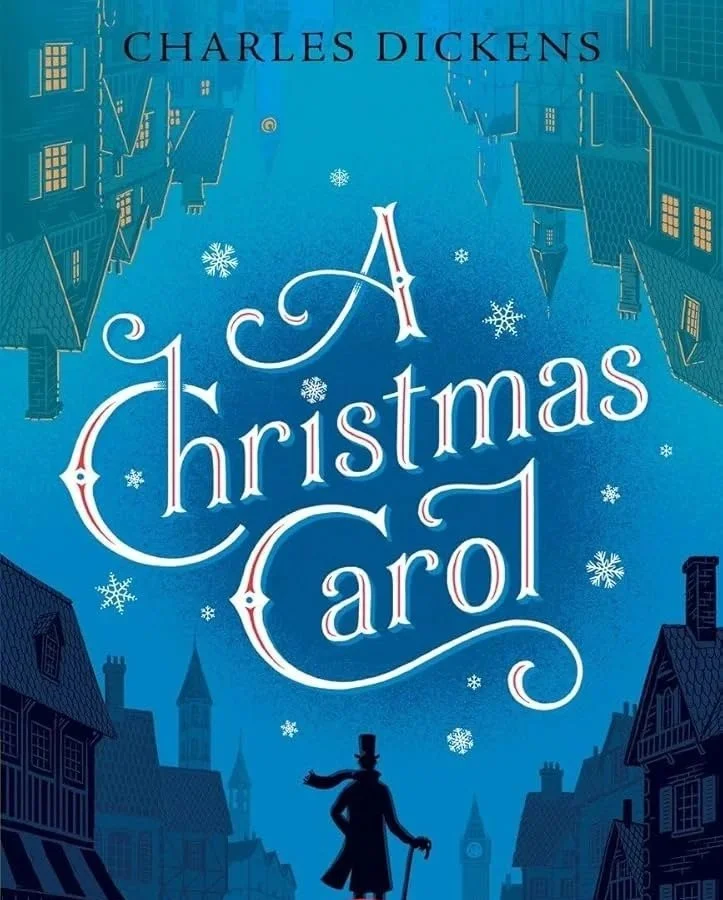











![[Sunday] Freely - King’s Table](https://images.squarespace-cdn.com/content/v1/5852f18a20099e30cd2c01dc/1763608759984-90GCUBKCWQJ0H8NOVYGU/Freely5a.jpg)
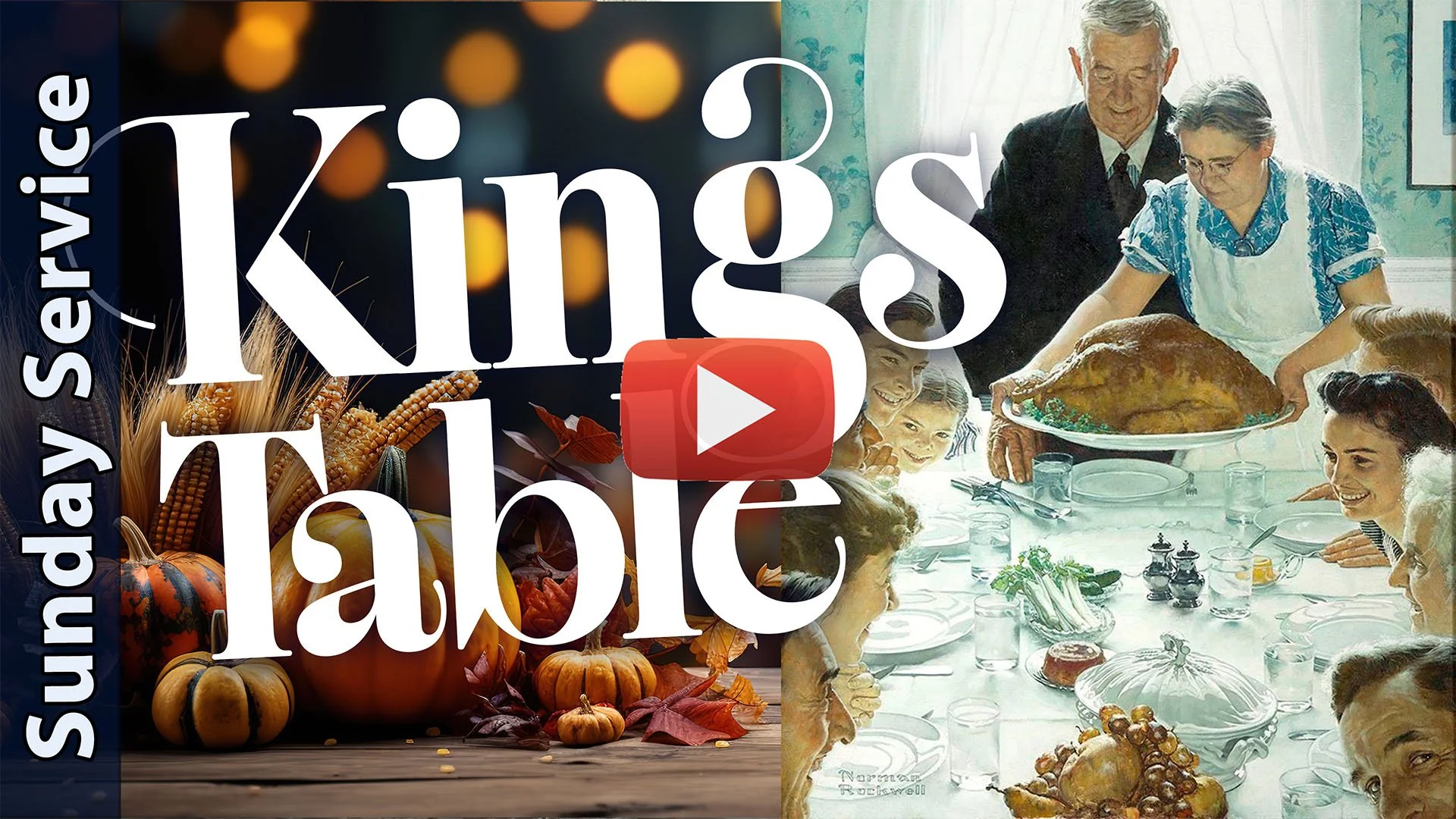

Kids did a wonderful job singing and playing the bells.